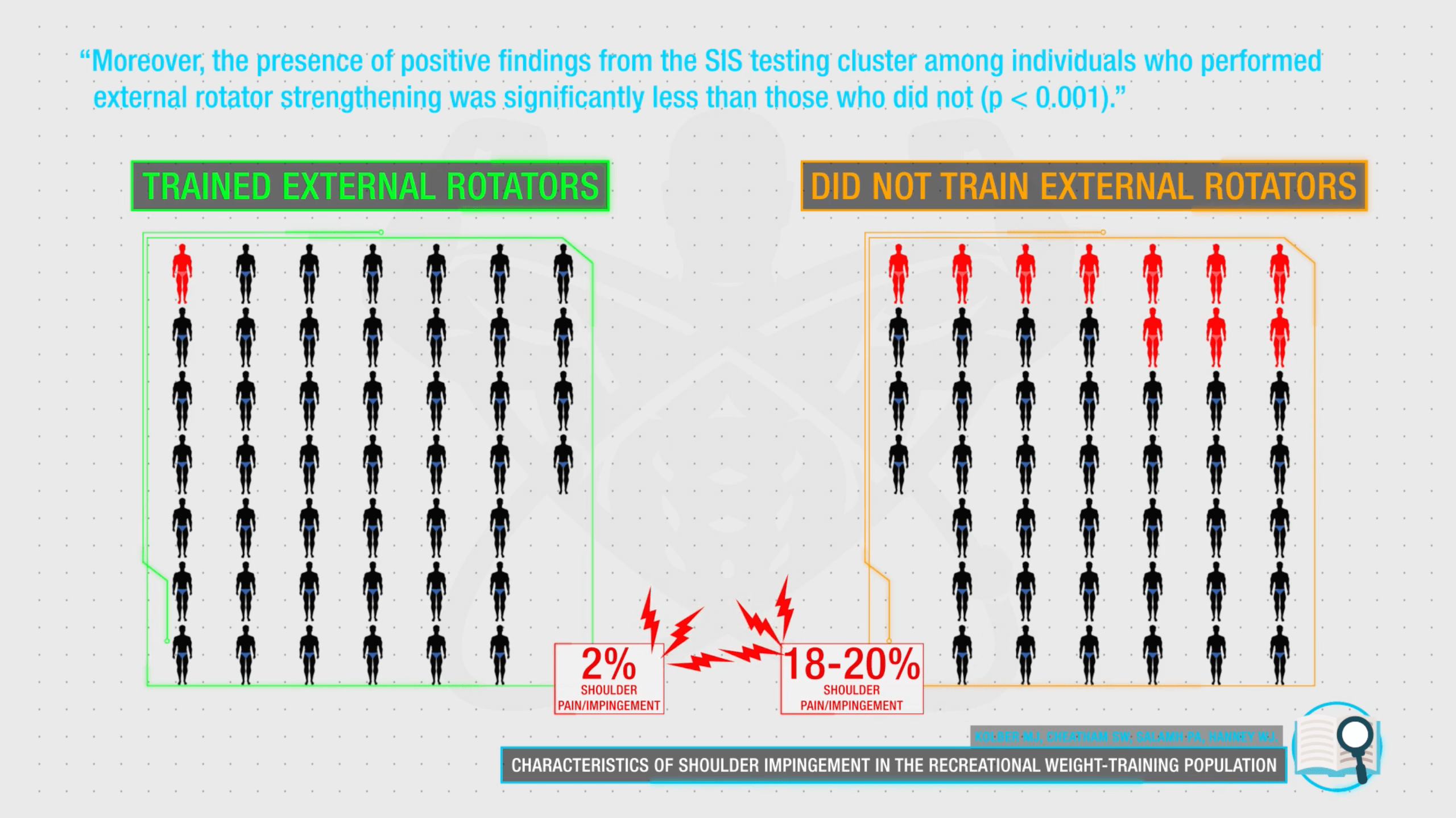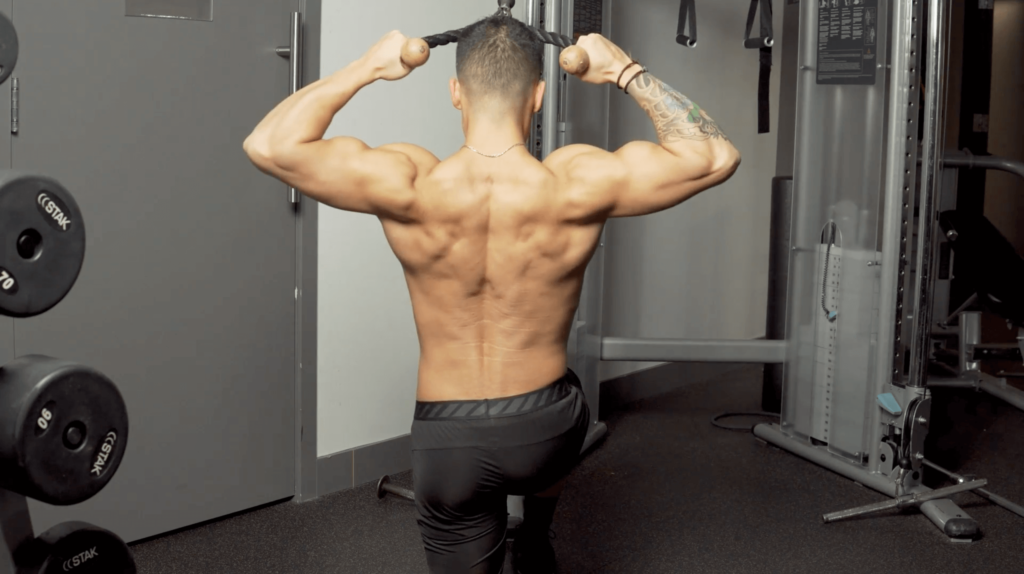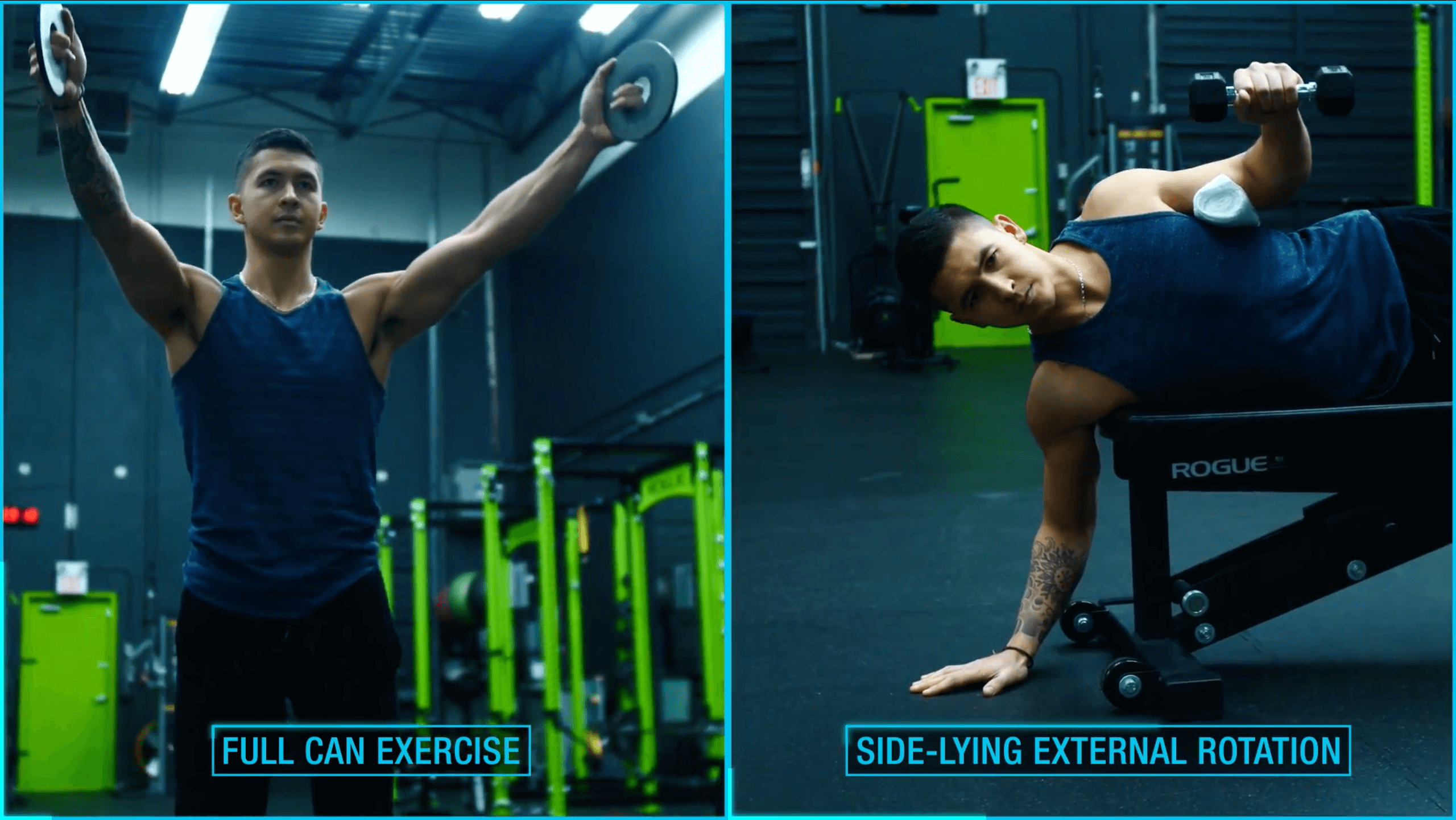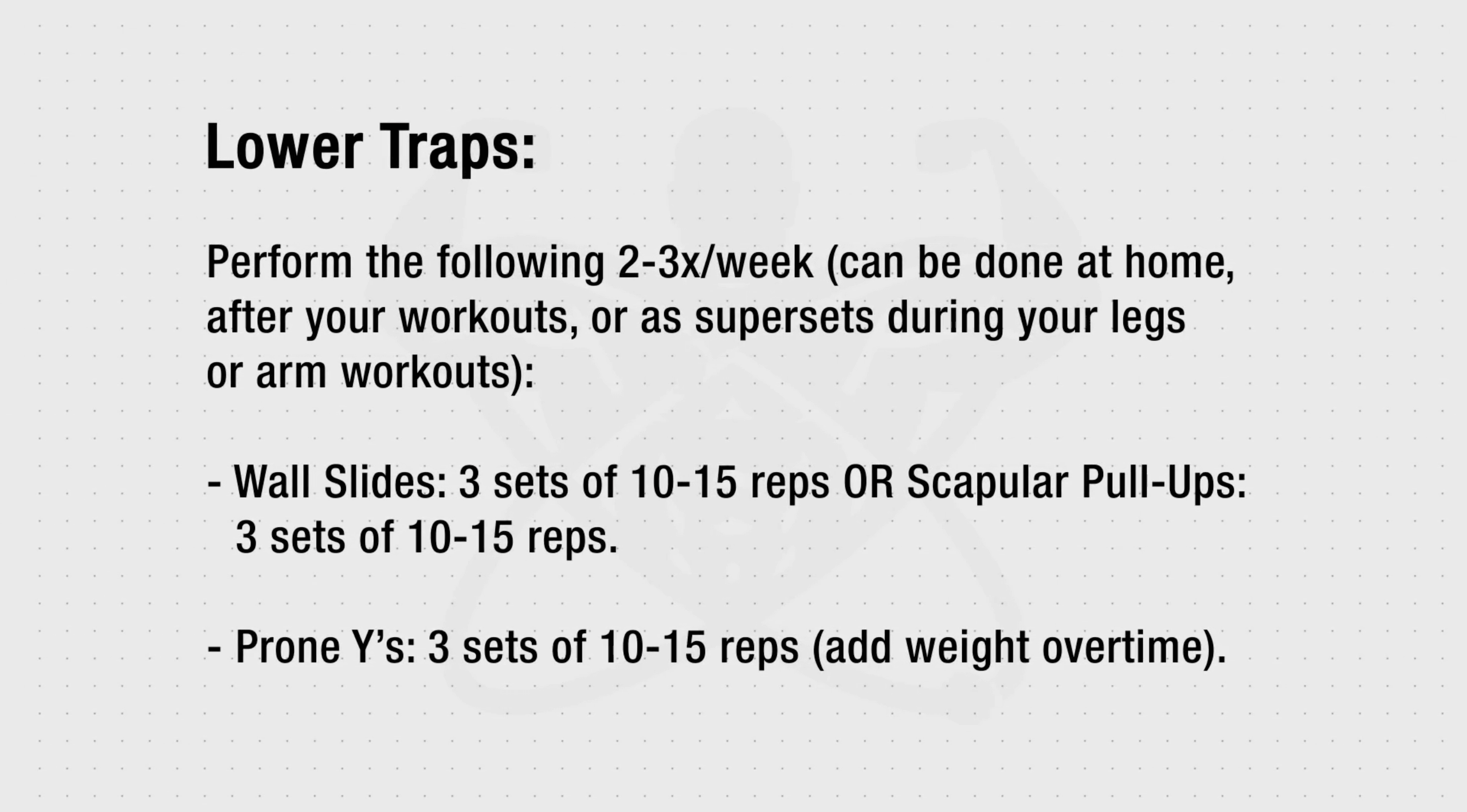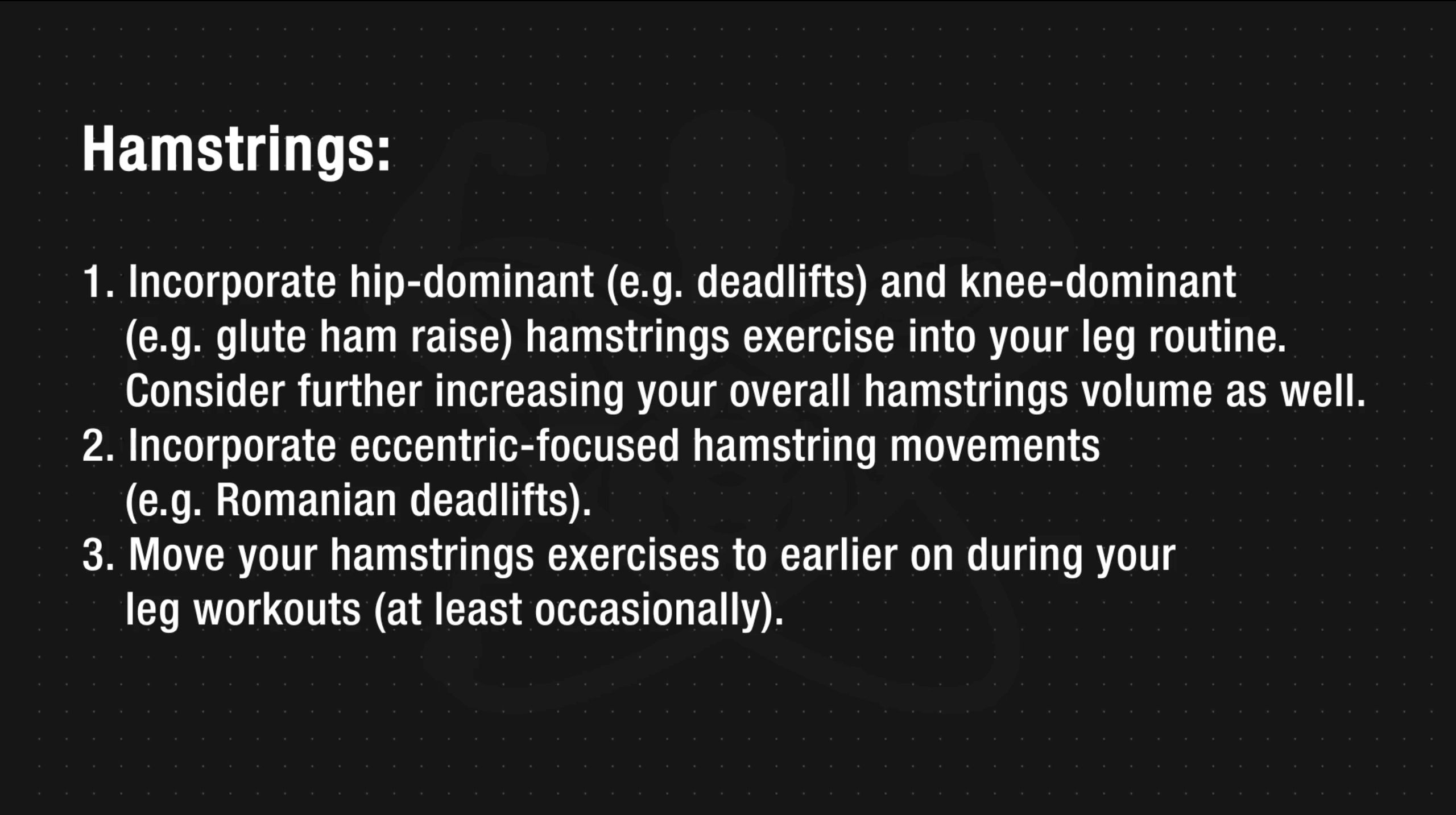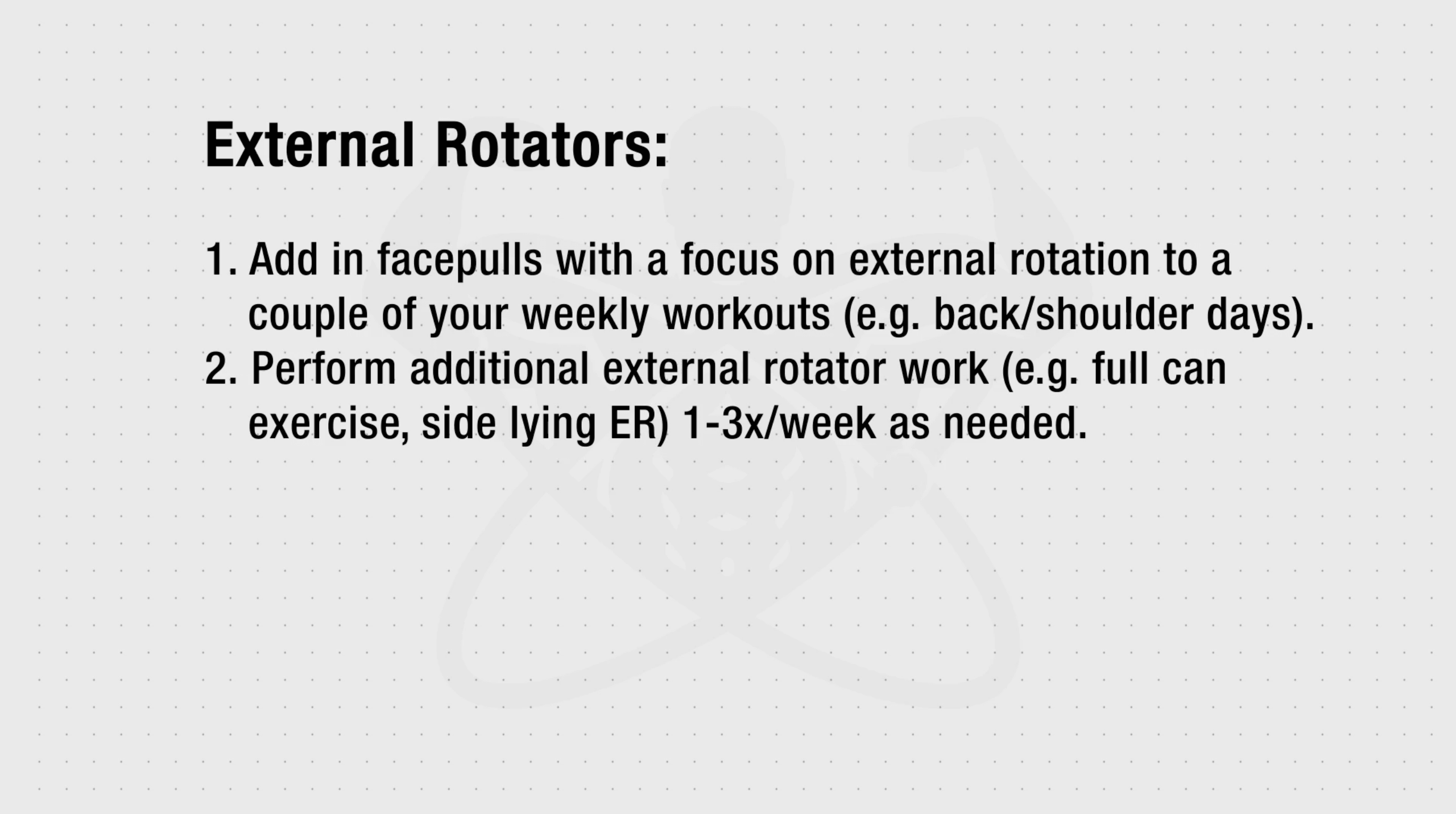3 Muscle Imbalance Fixes For Quicker Gains (Stop Neglecting These)
Muscle imbalance can derail your hard work in the gym and set you up for injuries. In this article, I'll cover 3 of the most common muscle imbalances your routine may create, why they matter, and how to correct them right away.
When it comes to building muscle, most of us put all of our attention on our “mirror muscles”. Understandably so, as well. That's because these are the muscles that we and others can see. And they visually demand the most attention. Unfortunately, as a result of this, the various muscles that we can’t see or don’t even know exist get neglected in the process.
Which over time leads to muscle imbalance and weaknesses that people don't typically care about. Until a particular muscle imbalance starts to catch up to them through an injury, postural imbalance, or an inability to perform a lift, for example. But that's bad. So, to help you out, I cover the top 3 common muscle imbalances and how you can fix them so you don't set yourself up for failure.
Looking for a training routine that won’t cause all sorts of problematic imbalances? Then you’re in the right place. I’ve designed each and every program available on BWS to help develop your physique in an all-rounded way so you achieve your fitness goals safely – and in the most time-efficient way possible. If you’re interested, then:
Click the button below to take my analysis quiz to discover the best program for you:
↓
Muscle Imbalance 1: Lower Traps
The first muscle you’re neglecting is the all-important lower traps. This muscle group is simply the lower fibres of your trapezius muscle.
Now although this muscle doesn’t do much in terms of improving the aesthetics of your back, they do play a very important role in scapular stability. That is, in helping you properly move and rotate your scapula.
And when the lower traps are weak or imbalanced compared to your other muscles, the instability this creates can:
- Put you at a greater risk for a shoulder injury, and
- Negatively affect your ability to execute various movements. These include pressing weight overhead or even maintaining a stable base of support during the bench press, for example.
The Lower Traps Need Direct Work
Meaning that keeping this muscle strong relative to your other muscles is crucial. Yet, this is something most people don't do. And if you aren’t allocating time to directly train this muscle with lower traps exercises, it’s very likely that it’ll end up weak over time. It's true that the lower traps do play a role in various back exercises, like the rows and pull-ups. But the truth is that your more powerful muscle groups, like the upper traps and lats, often tend to take over.
A 2017 paper provides evidence supporting this. Compared to the strength of a group of untrained subjects, trained lifters had significantly greater strength in all of their larger muscle groups except for the lower traps. Trained lifters, in fact, had the same strength level in their lower traps as the untrained subjects! And this is a finding that’s been documented in other papers, too.
How To Correct Muscle Imbalance In The Back (Lower Traps)
So how can you best avoid developing this imbalance or start to correct it? Well, you can start by simply incorporating a few lower trap specific exercises into your routine to first activate it. And then gradually build up its strength. Here are 3 lower traps exercises to consider.
Exercise 1: Wall Slides
What I’d recommend starting with are wall slides:
- Stand with your back against a wall ideally with your lower back flat against it.
- Slide your arms up mimicking a shoulder press movement pattern as far as you’re capable of. Avoid arching your back and losing contact with the wall. If you’re unable to do so, you can take a few steps forward to make the movement easier.
Do note that you should feel a strong activation in the middle of your back during each rep. If you feel your upper traps, it means they've taken over the load. And you're doing the exercise wrongly.
Exercise 2: Scapular Pull-ups
If you’re struggling with the wall slides, you can try out scapular pull-ups instead:
- Hang from a bar.
- Let your shoulders relax.
- Pull your body up without allowing your elbows to bend.
Again, you should feel a strong contraction in those lower trap muscles.
Exercise 3: Prone Y Raise
Then once you get that activation down, you can move onto strengthening it with something like the Prone Y raise. This exercise has been found to elicit significantly higher lower trap activation when compared to other common lower trap exercises.
And for these:
Lay on an incline bench. Then, raise your arms in a Y-position with your thumbs pointing up. As you raise, think about extending your arms as far forward as you can. And avoid the tendency of tensing up the upper traps.
When done properly, you should feel a strong contraction in the middle of your back. And with these, you’ll want to start out with no weight and then very gradually add weight as your lower trap strength improves.
By simply performing a couple of these lower trap exercises 2-3 times a week and overloading it over time, it’s going to help prevent or correct an imbalance with the lower traps. And improve your strength and stability during your lifts as a result.
Muscle Imbalance 2: Hamstrings
The next muscle you’re not focusing on enough is the hamstrings. The hamstrings tend to be significantly weaker and overpowered by the quadriceps.
That's because most people put a lot more emphasis on the quadriceps. And this is detrimental because of two reasons:
- A weak hamstring to quadriceps ratio is a major risk factor for both future hamstring injury and knee pain
- Weak hamstrings can become a limiting factor in your strength in key lifts and various athletic abilities. For example, your sprint performance.
Despite this though, a lot of people unfortunately still develop this muscle imbalance in the legs by failing to devote enough attention to their hamstrings within their routines.
Take a look at the leg workout below for example, which is more or less the go-to leg workout for most gym-goers:
Most Leg Workouts Fail To Train The Hamstrings Sufficiently
And now, let’s take a closer look at how much the hamstrings are involved.
- Squats - The hamstrings simply act as a stabilizer here. And they aren't very involved. In fact, based on EMG analyses, the hamstrings only elicit roughly 20-30% activation during the squat. Whereas the quads are about 4x more activated.
- Leg press - It gets even worse. Again, the hamstrings mainly act as a stabilizer here and aren’t involved much. And EMG analyses have shown that during the leg press the quads are roughly 4x more activated than the hamstrings.
- Leg extensions - We already know this is virtually all quads compared to hamstrings.
- Leg curls - You finally make it to leg curls. Admittedly, this exercise does sufficiently work the hamstrings. But let’s be honest here, you just half-ass these since you’re already so beat up from the previous exercises.
And this is how so many people unknowingly let their hamstrings get imbalanced and overpowered by their quads.
Best Way To Fix Muscle Imbalance In The Hamstrings
So instead, to ensure you’re training your hamstring in a balanced manner, what I’d recommend is the following:
First, we know that research has indicated that to best develop the upper and lower regions of the hamstrings, you need to include both:
- Hip-dominant exercises like deadlifts as well as
- Knee-dominant exercises like leg curls or the glute-ham raise
So make sure you have both of those included in some way within your leg workout or your overall routine. To learn how you can perform the leg curls properly, check out my past article on the 4 Must-Do Exercises You're Doing Wrong.
Secondly, research also indicates that it’s the eccentric strengthening of the hamstrings that seems to be most important for both enhancing athletic performance and preventing injury. Meaning that you not only want to:
- Make sure you control the way down of each rep during you hamstrings exercises, but
- You should also incorporate more eccentric focused variations such as the Romanian deadlift, or
- Even do some eccentric-focused sets to your other movements, for example:
And lastly, since we know that exercises done early on in a workout are more effective for growth, you should at least occasionally switch up your routine such that your hamstrings are trained early on when you’re less fatigued:
But by incorporating these 3 simple tweaks, you’ll be able to better avoid potentially creating or worsening an imbalance in your hamstrings. And you'll see that this will pay its dividends in the long run.
By the way, if you’re someone who enjoys learning about the ‘whys’ of exercise selection, you’re absolutely going to fall in love with our 3-on-1 coaching program. My team of experts here at BWS – and I – will always take the time to explain the rationale of an exercise included in your personalized training program. Find out more about how we can help you achieve your dream physique below:
Click the button below to find out more about the 3-on-1 coaching program:
↓
Muscle Imbalance 3: Shoulder External Rotators
The last muscle group that you’re neglecting are the external rotators of your shoulder, which make up 3 of your 4 rotator cuff muscles.
And these three muscles are crucial that you keep strengthened as they are the main muscles responsible for externally rotate the arm.
On the other hand, your bigger and more powerful muscles like the chest, front delts, and lats all contribute to internal rotation instead.
And the problem is that the vast majority of the movements you do in the gym train these internal rotators and leave the all-important external rotators neglected. Unless, of course, you train them directly.
Neglecting The External Rotators Can Lead To Shoulder Impingement
Over time this can lead to a massive imbalance in the shoulder joint (scapular imbalance), which reduces the stability of your shoulder during your key lifts and can eventually contribute to shoulder impingement that’ll cause pain whenever you try to perform most of your pressing movements (such as the bench press). Which then obviously requires you to take time off and limits your gains in the process.
Illustrating the importance of this is a 2014 paper from the Journal of Strength and Conditioning Research, which found an inverse relationship between external rotator strength and shoulder pain and impingement.
And in fact, the researchers also found that in their group of 46 trained lifters, of ones who regularly performed external rotator strengthening exercises, only 2% exhibited shoulder pain and/or impingement. Compared to roughly an 18-20% incidence rate in those who did not directly train their external rotators.
So if you currently aren’t devoting much attention to these muscles, it would likely be in your best interest to start doing so.
How To Correct Muscle Imbalance Of External Rotators
And it’s not difficult to do at all. For example, within your back and/or shoulder workouts, add in a few sets of face pulls with a focus on external rotation at the end of the movement by keeping the fists up high. This is a great way to start to prioritize and strengthen these external rotators a little more.
In addition, exercises like the full can and side-lying external rotation, for example, are also great movements that you should sprinkle into your routine as well just to ensure that you’re strengthening all 3 of external rotators. And I do cover these moves more in-depth in my rotator cuff article which you should definitely check out.
But by making the following changes and adjustments into your training routine, you’re going to effectively correct and prevent these common imbalances from occurring. Which will, in turn, minimize your risk of injury, boost your strength, and indirectly speed up your gains in the process.
How To Fix Muscle Imbalance: Action Plan
Lower Traps:
Perform the following 2-3x/week (can be done at home, after your workouts, or as supersets during your legs or arm workouts):
Wall Slides: 3 sets of 10-15 reps OR Scapular Pull-Ups: 3 sets of 10-15 reps
Prone Y’s: 3 sets of 10-15 reps (add weight overtime)
Hamstrings:
- Incorporate hip-dominant (e.g. deadlifts) and knee-dominant (e.g. glute-ham raise) hamstrings exercise into your leg routine. Consider further increasing your overall hamstrings volume as well.
- Incorporate eccentric-focused hamstring movements (e.g. Romanian deadlifts).
- Move your hamstrings exercises to earlier on during your leg workouts (at least occasionally).
External Rotators
- Add in face pulls with a focus on external rotation to a couple of your weekly workouts (e.g. back/shoulder days).
- Perform additional external rotator work (e.g. full can exercise, side-lying ER) 1-3x/week as needed.
Fixing Muscle Imbalance: Takeaway
Guys, I hope you were able to see that it’s the little muscles that you can’t see or maybe don’t even know exist that often go overlooked, but really are what will enable you to build muscle most effectively AND protect you from injury in the process.
And for a step-by-step program that puts this all together for you by showing you exactly how to train to build muscle without developing imbalances or weaknesses in the process, then:
Click the button below to take my analysis quiz to discover the best program for you:
↓
I hope you enjoyed this article! Don’t forget to give me a follow and connect with me on Instagram, Facebook, and Youtube as well, in order to stay up to date with my content.






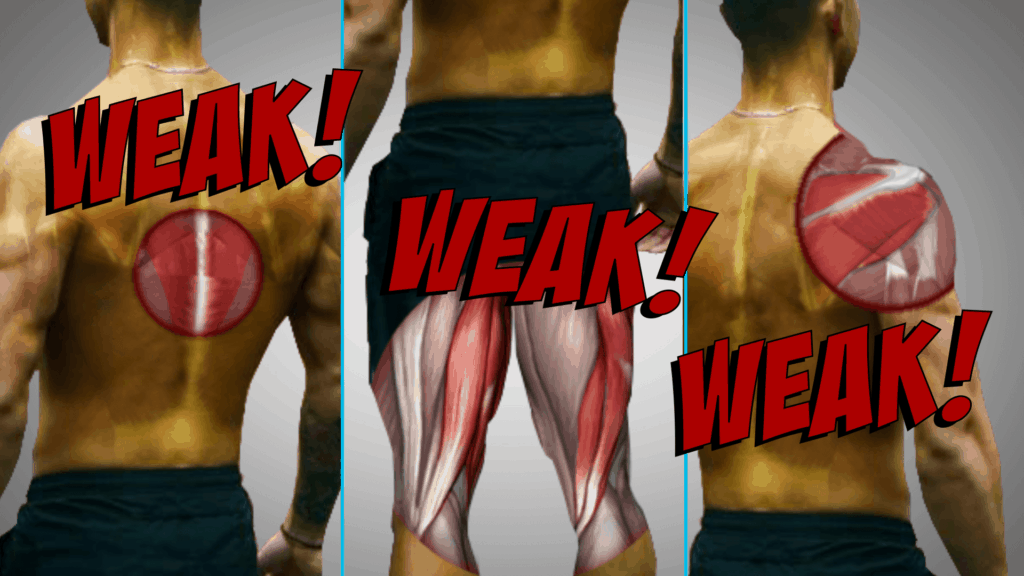
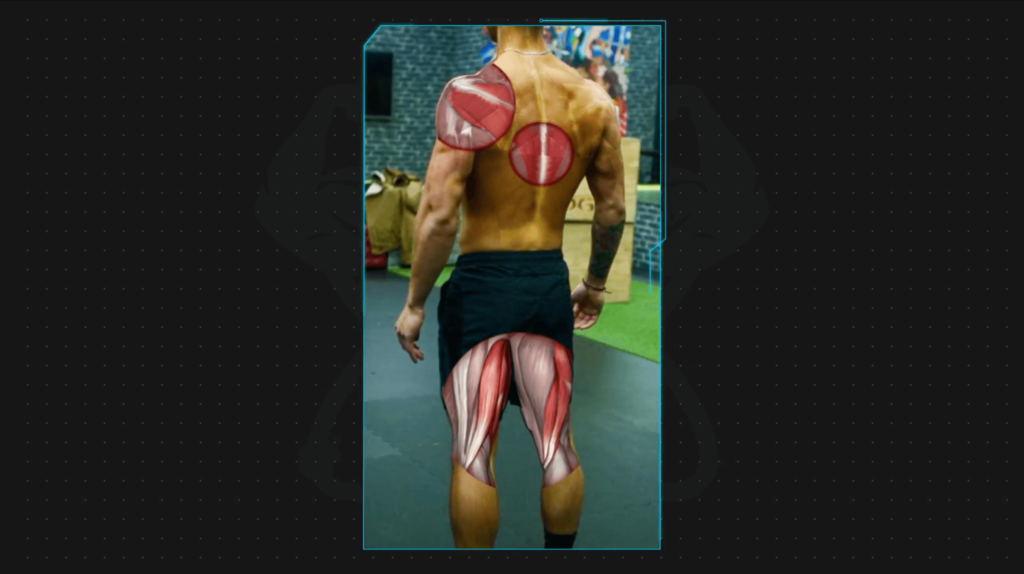 Which over time leads to muscle imbalance and weaknesses that people don't typically care about. Until a particular muscle imbalance starts to catch up to them through an injury, postural imbalance, or an inability to perform a lift, for example. But that's bad. So, to help you out, I cover the top 3 common muscle imbalances and how you can fix them so you don't set yourself up for failure.
Which over time leads to muscle imbalance and weaknesses that people don't typically care about. Until a particular muscle imbalance starts to catch up to them through an injury, postural imbalance, or an inability to perform a lift, for example. But that's bad. So, to help you out, I cover the top 3 common muscle imbalances and how you can fix them so you don't set yourself up for failure.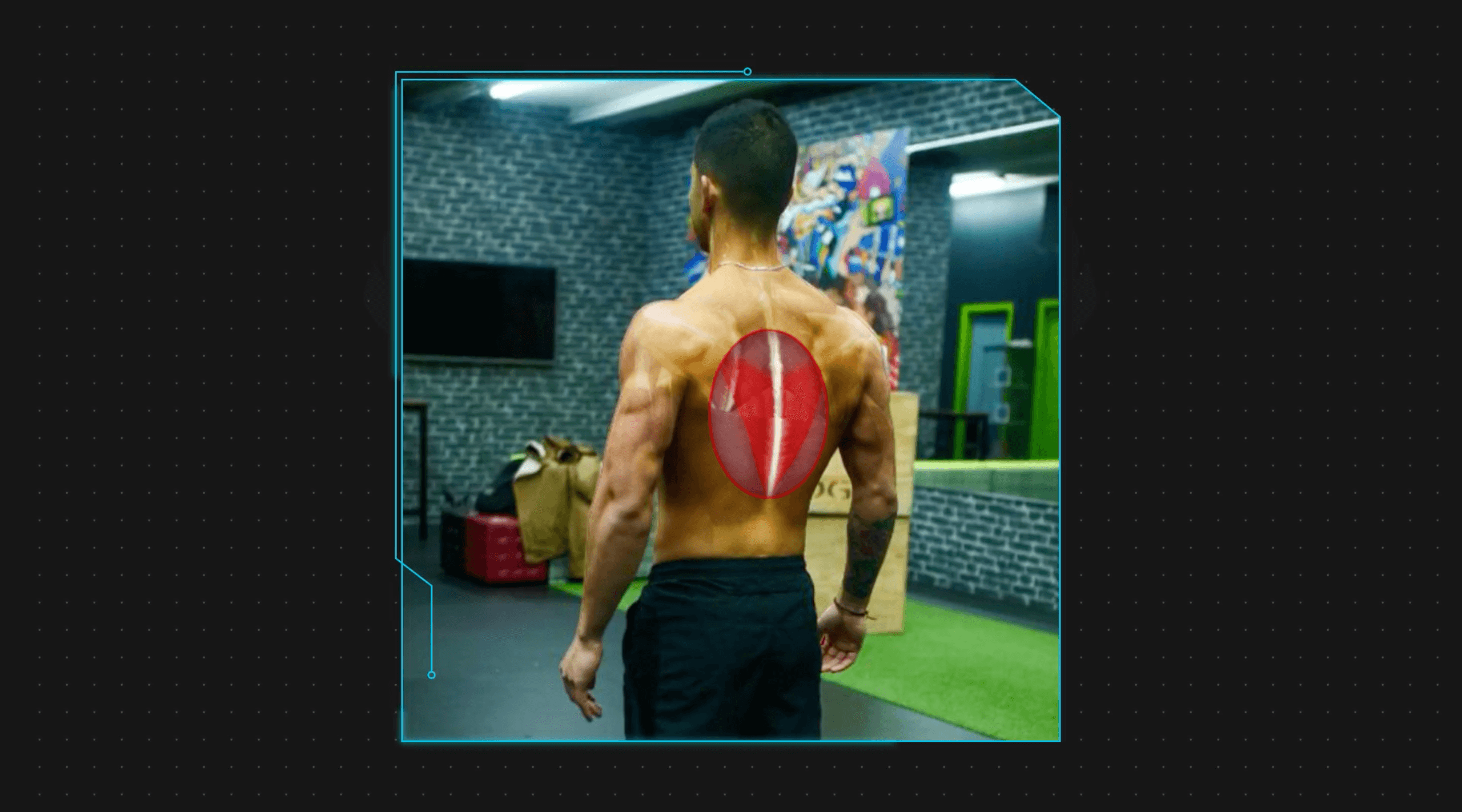
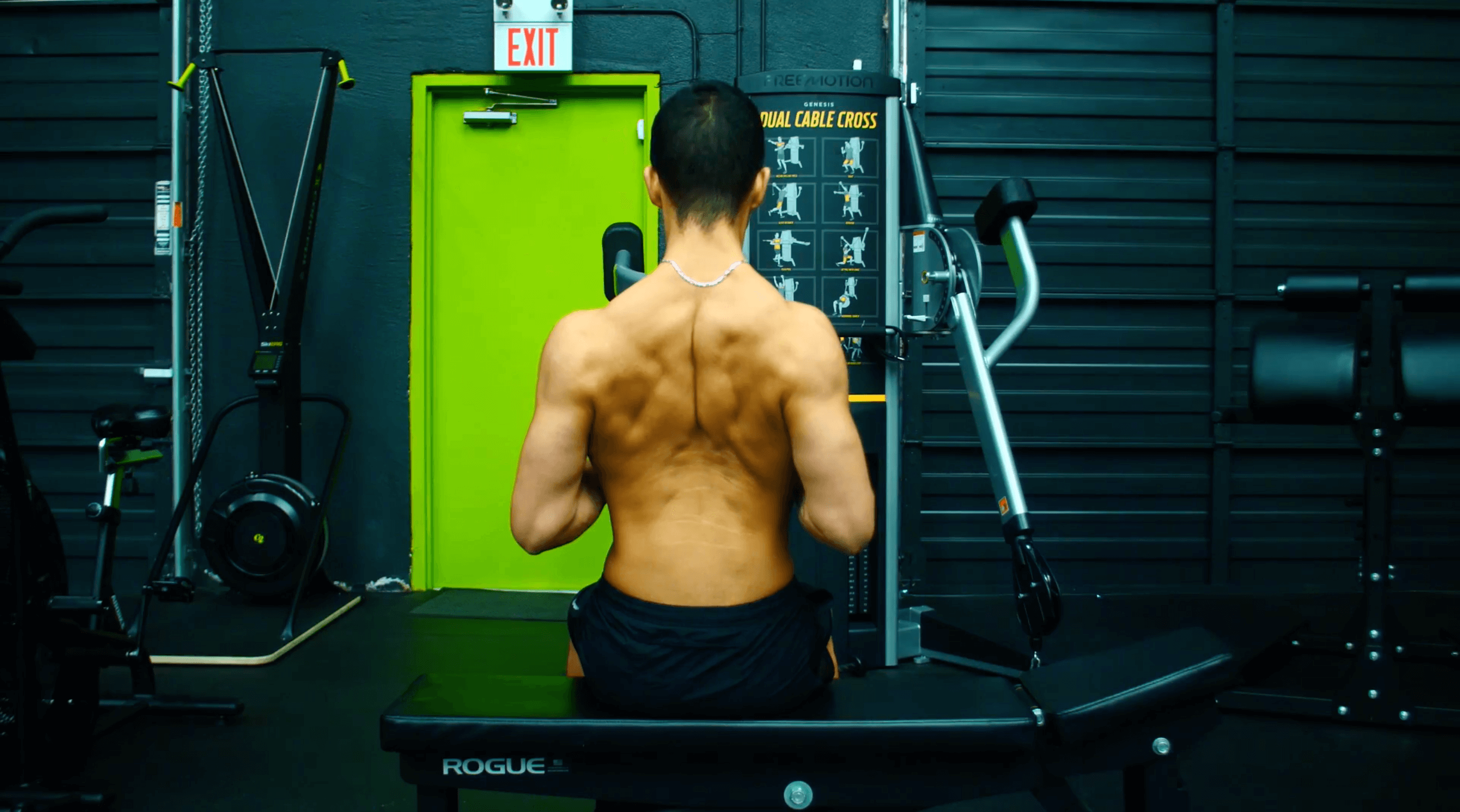
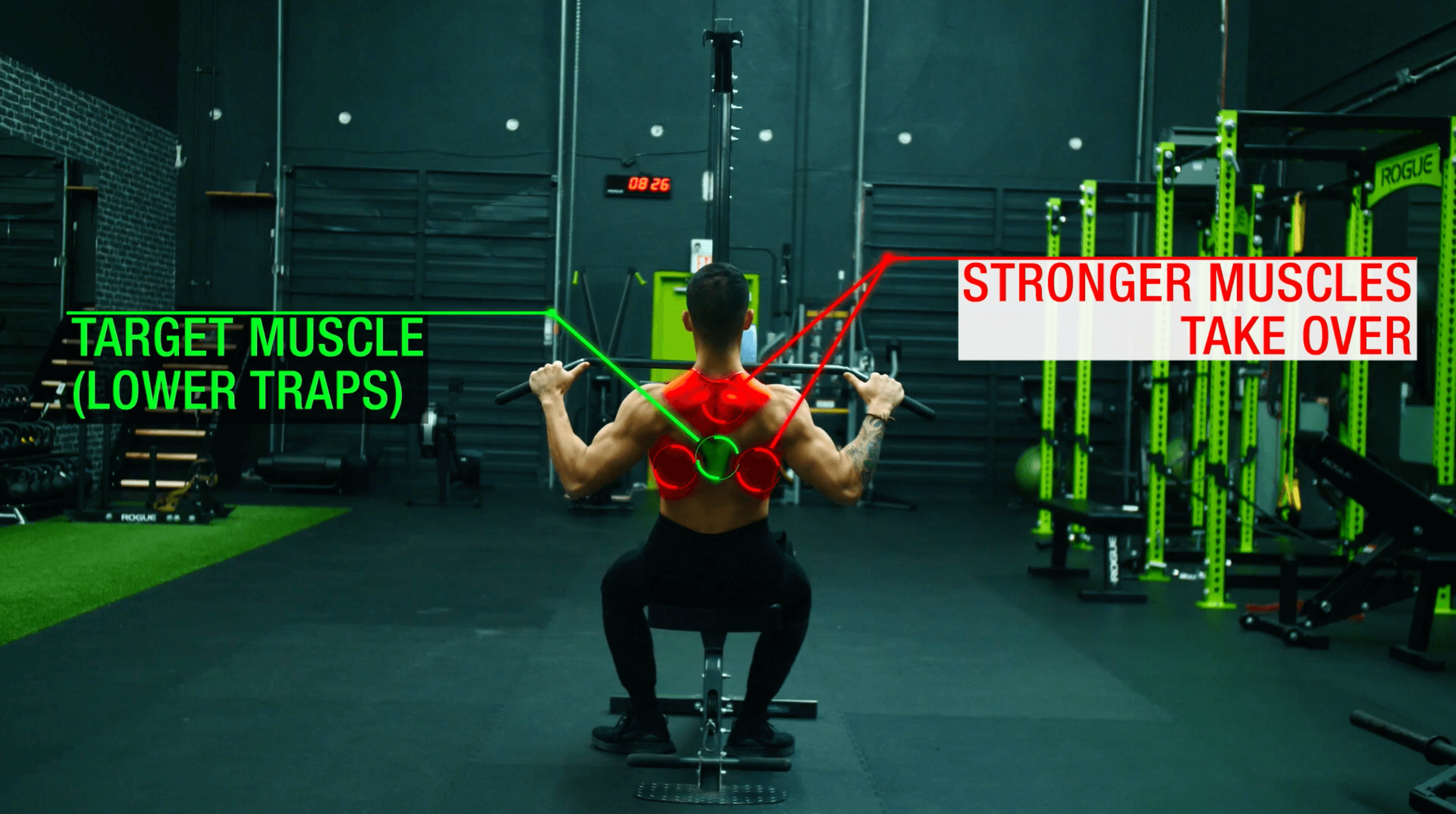
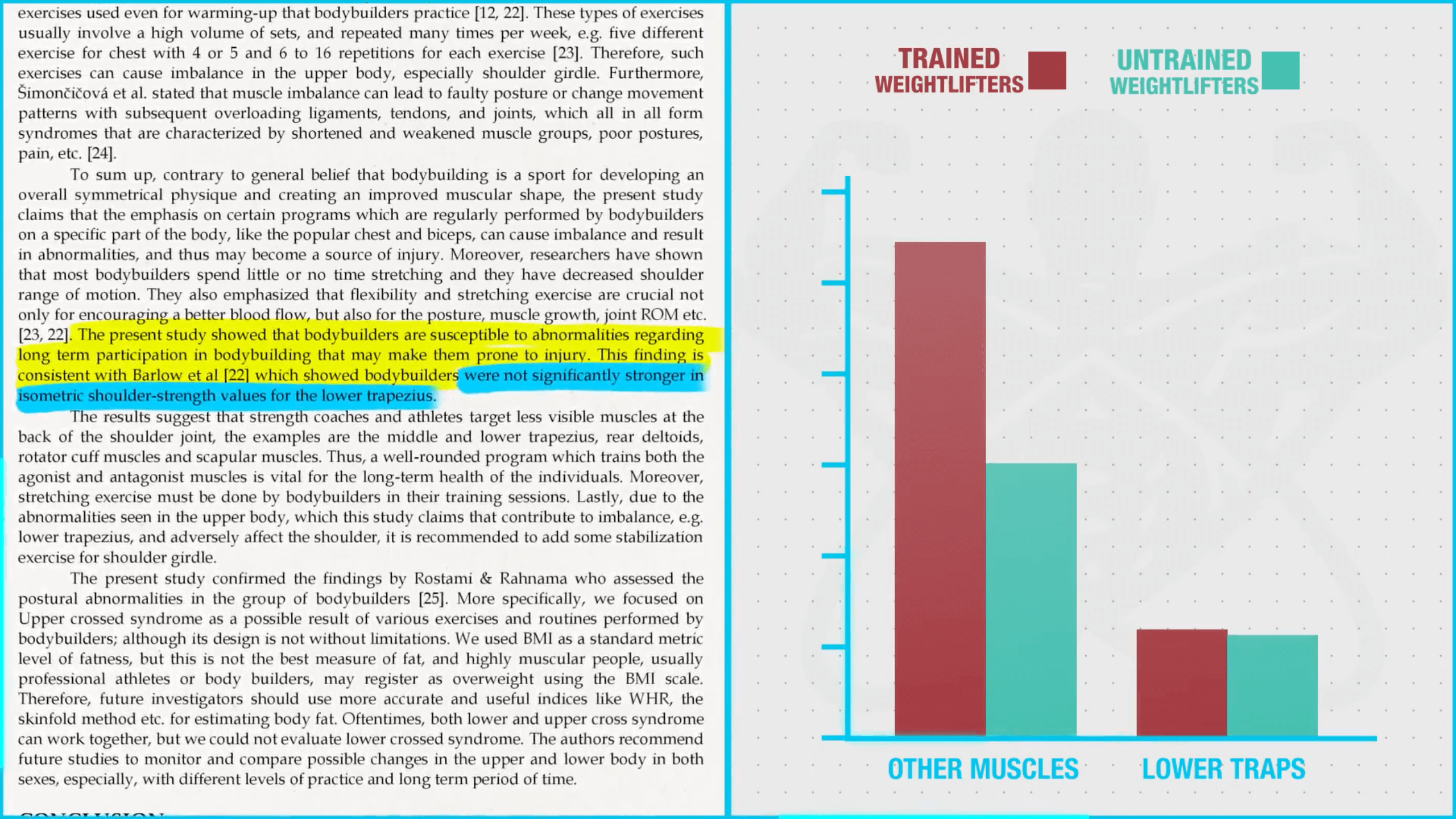
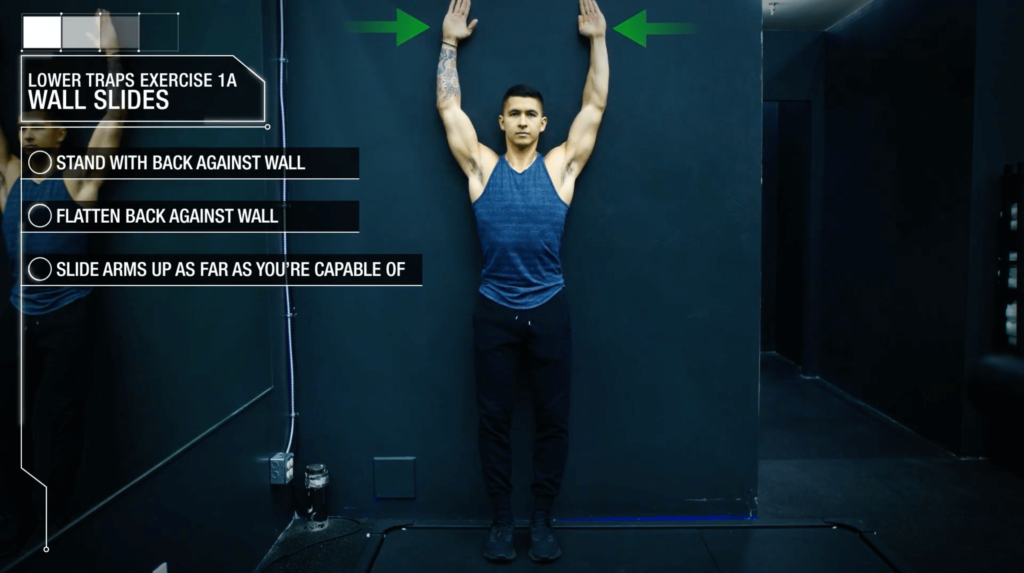
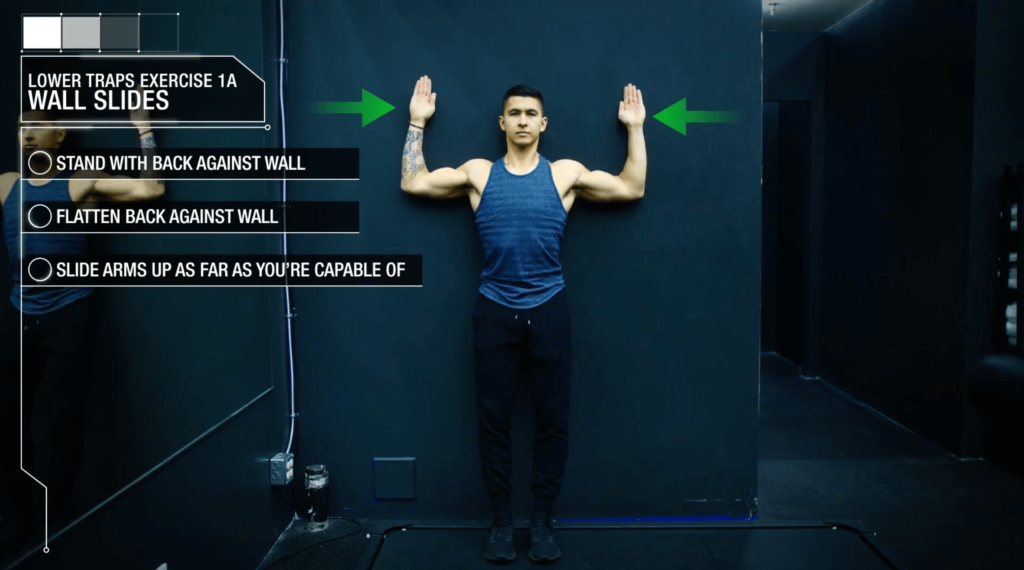
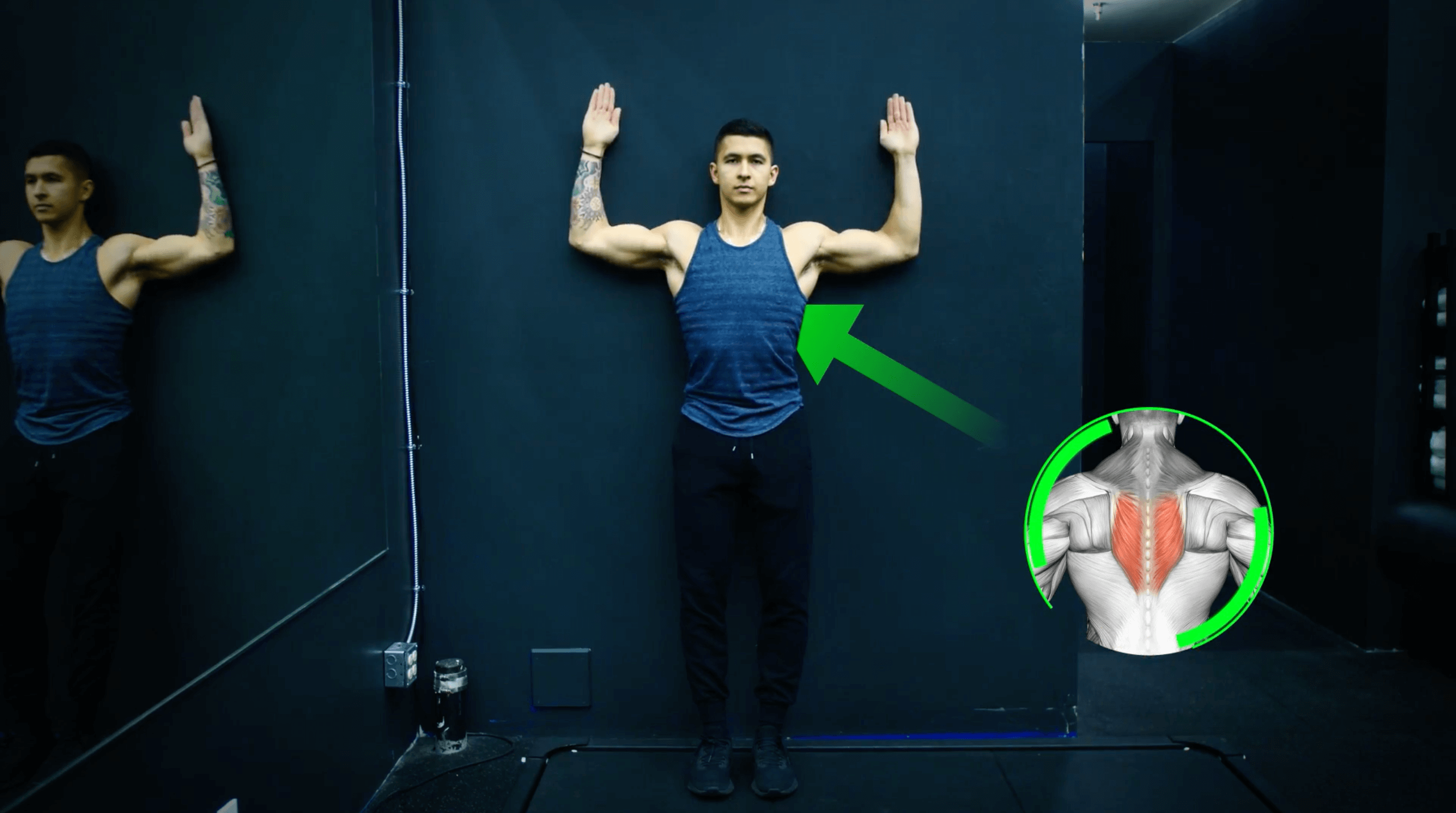
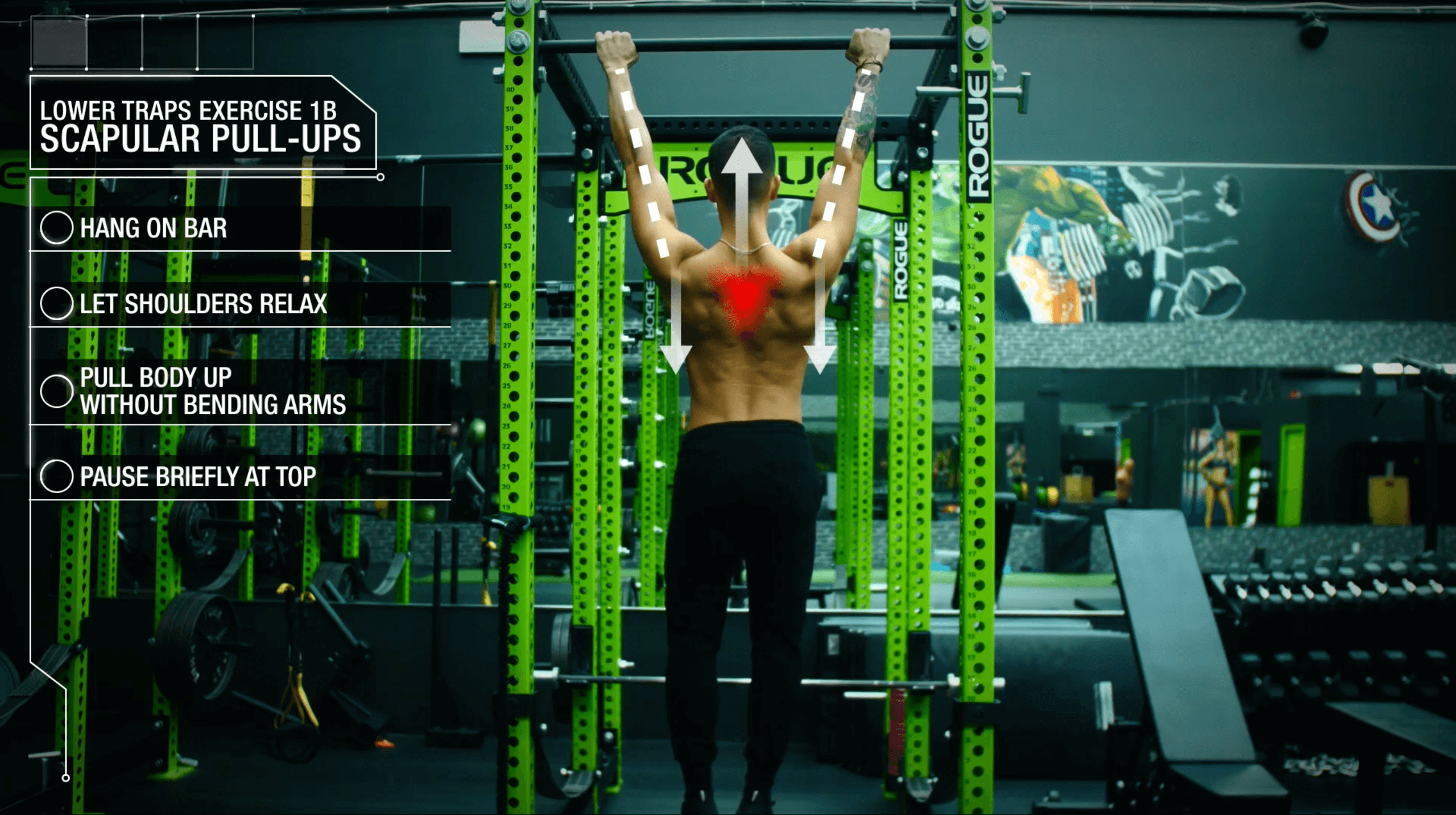
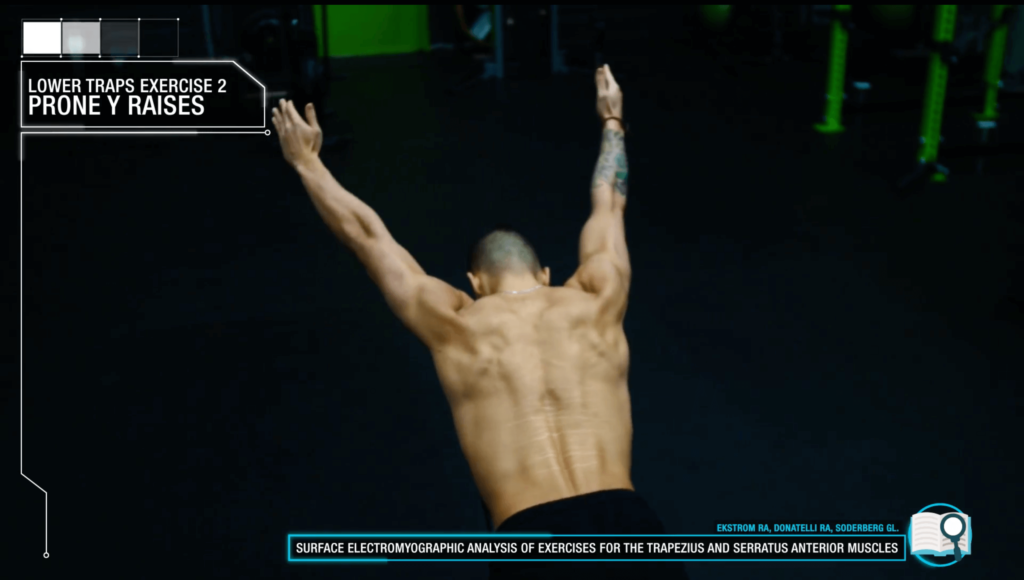
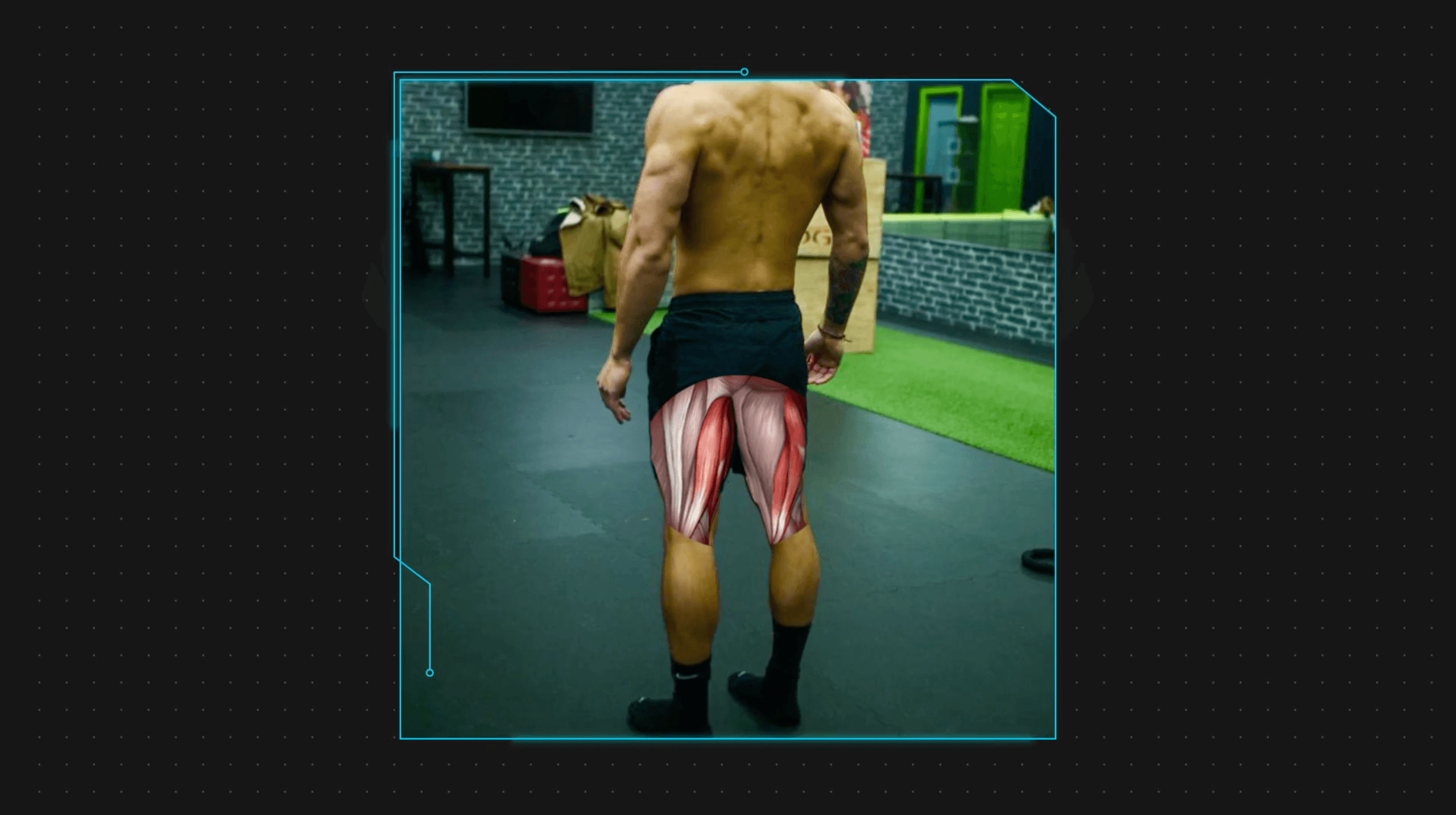 That's because most people put a lot more emphasis on the quadriceps. And this is detrimental because of two reasons:
That's because most people put a lot more emphasis on the quadriceps. And this is detrimental because of two reasons: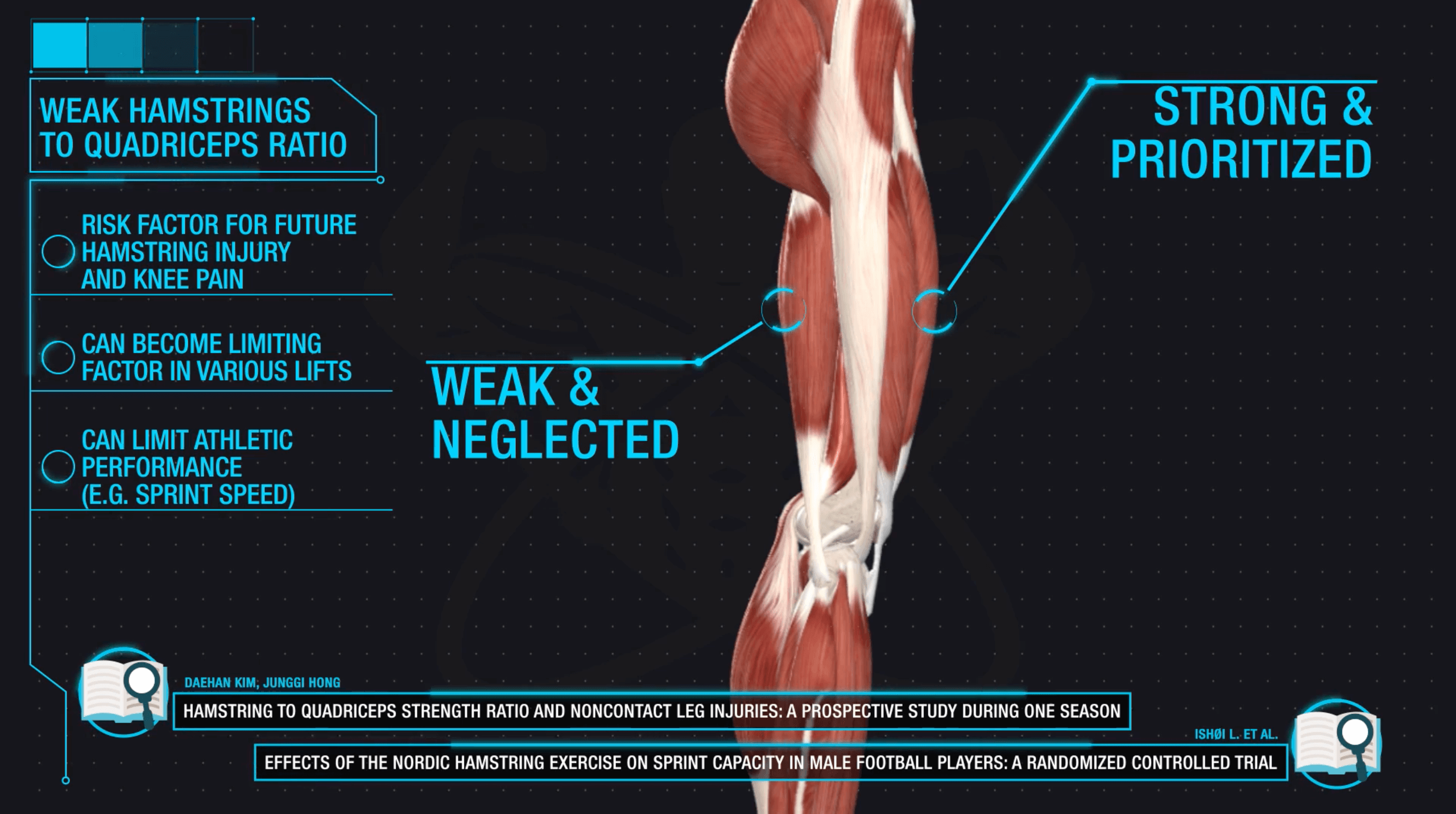
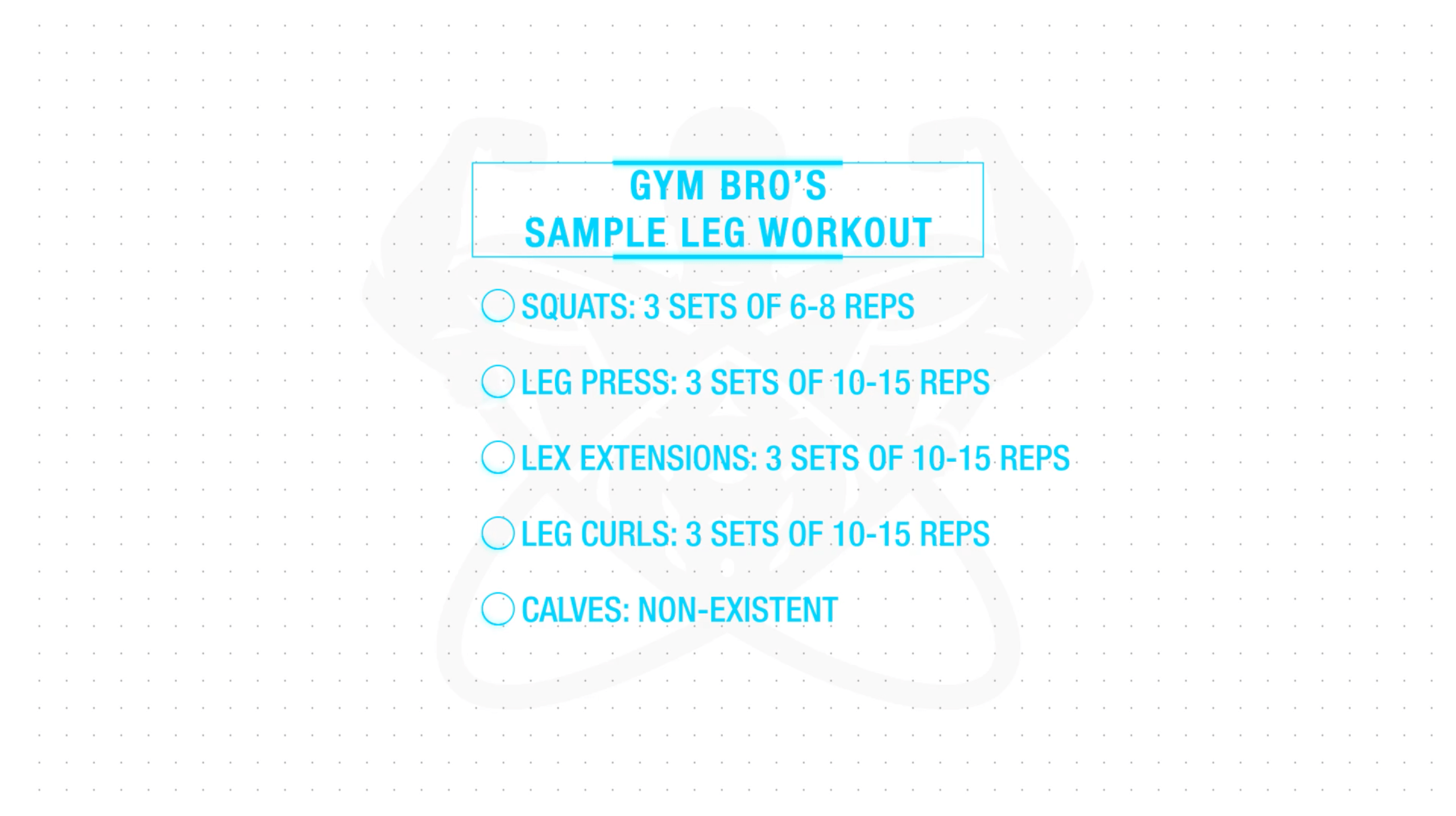
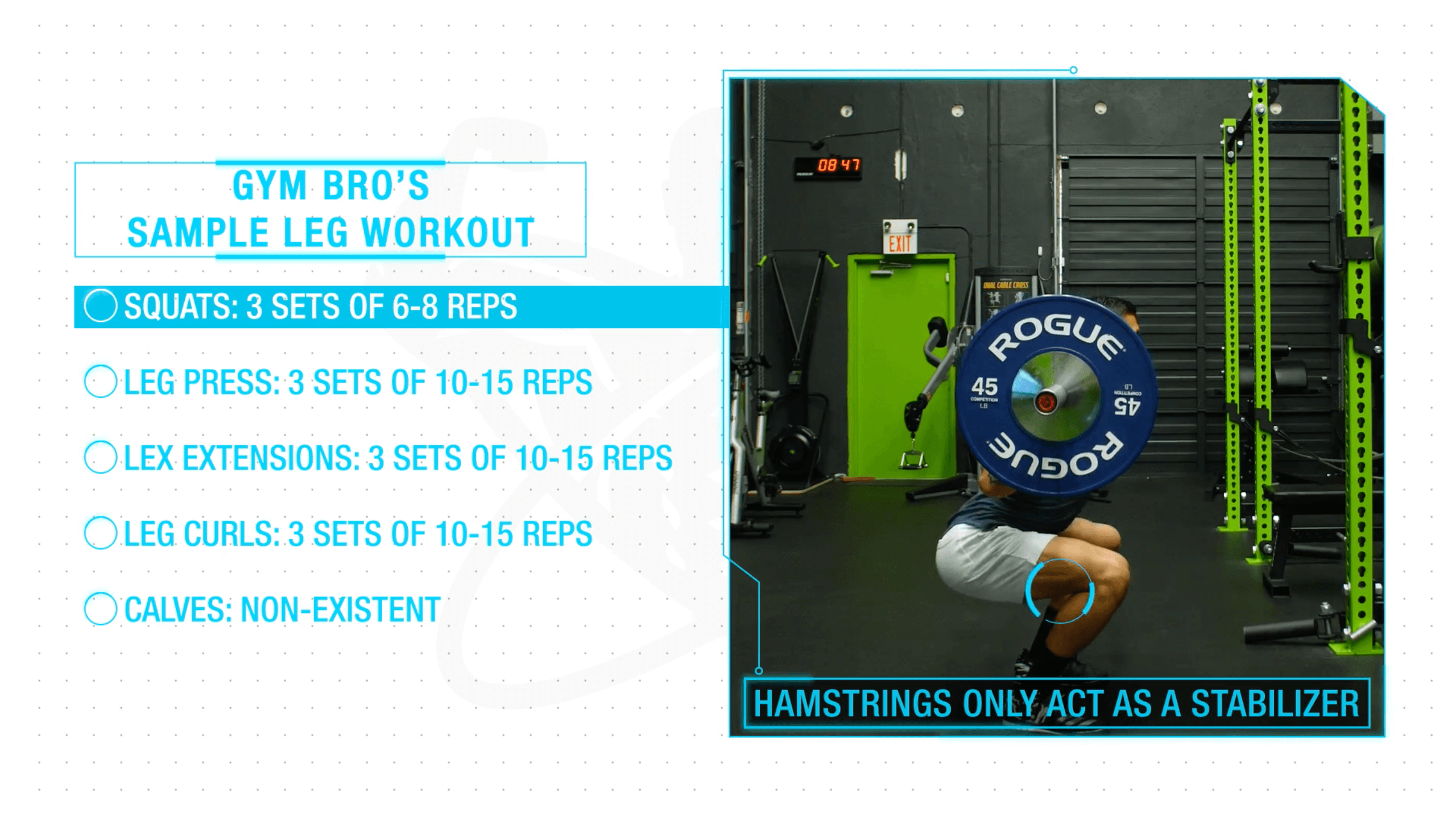
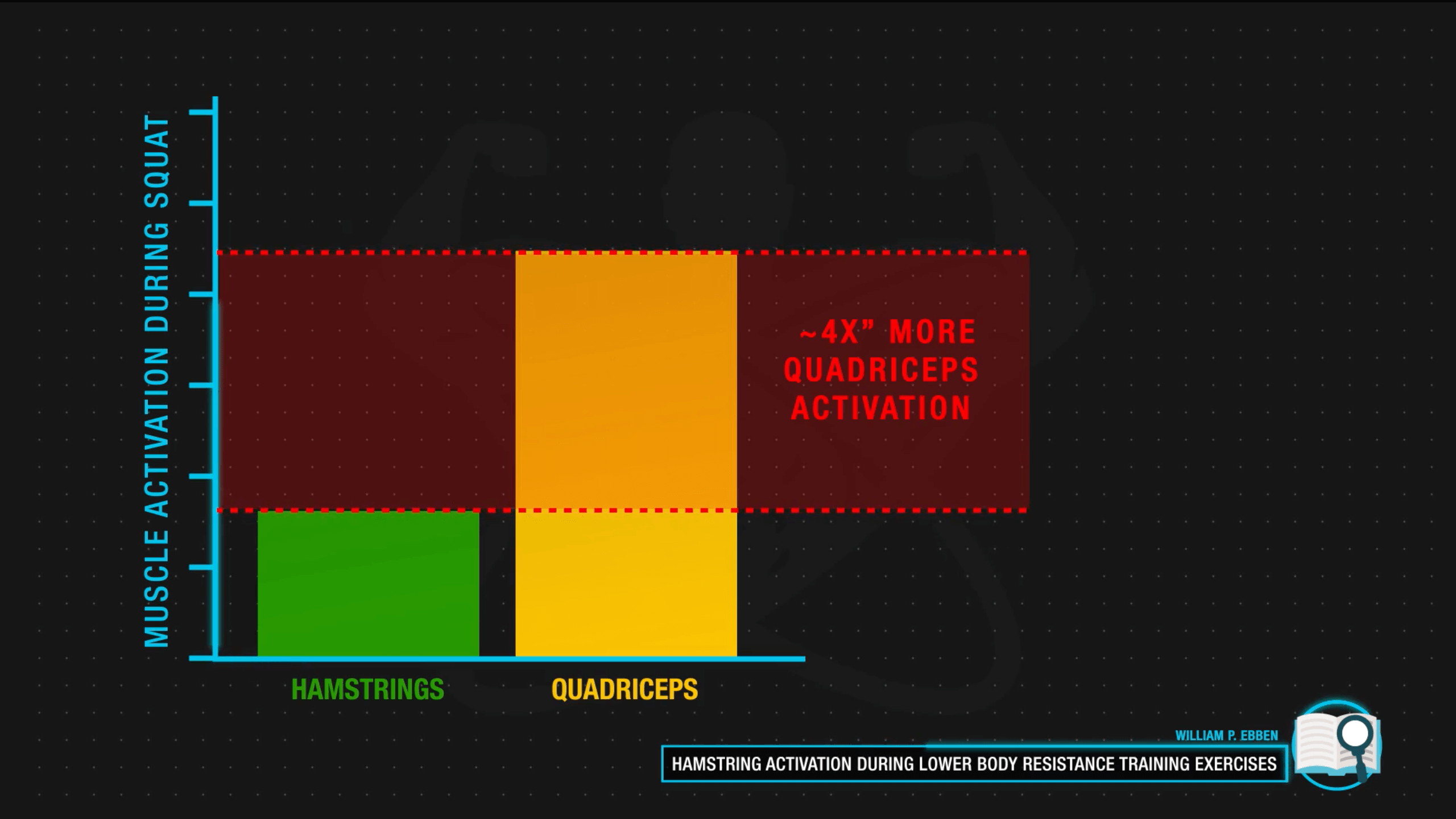
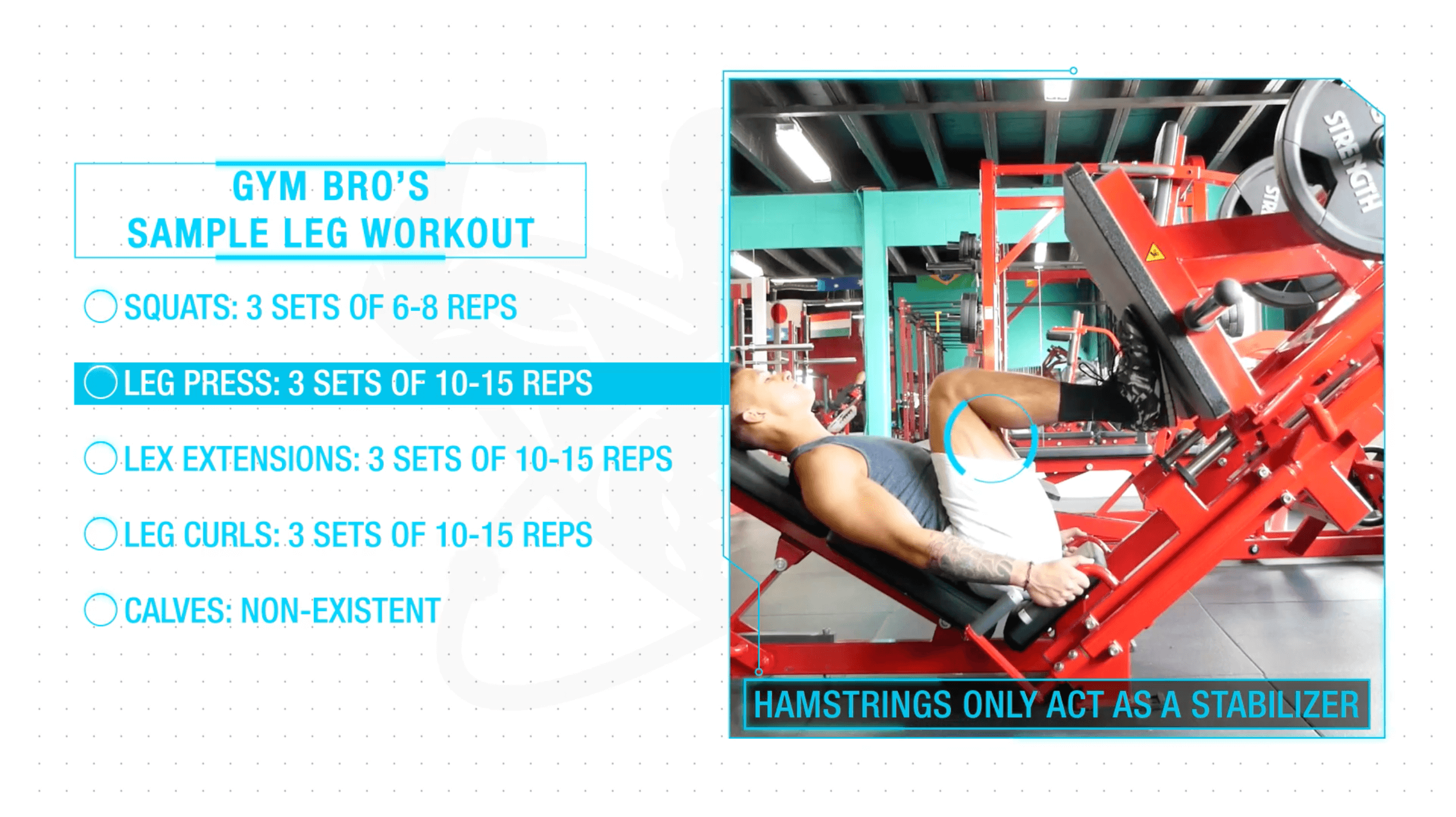
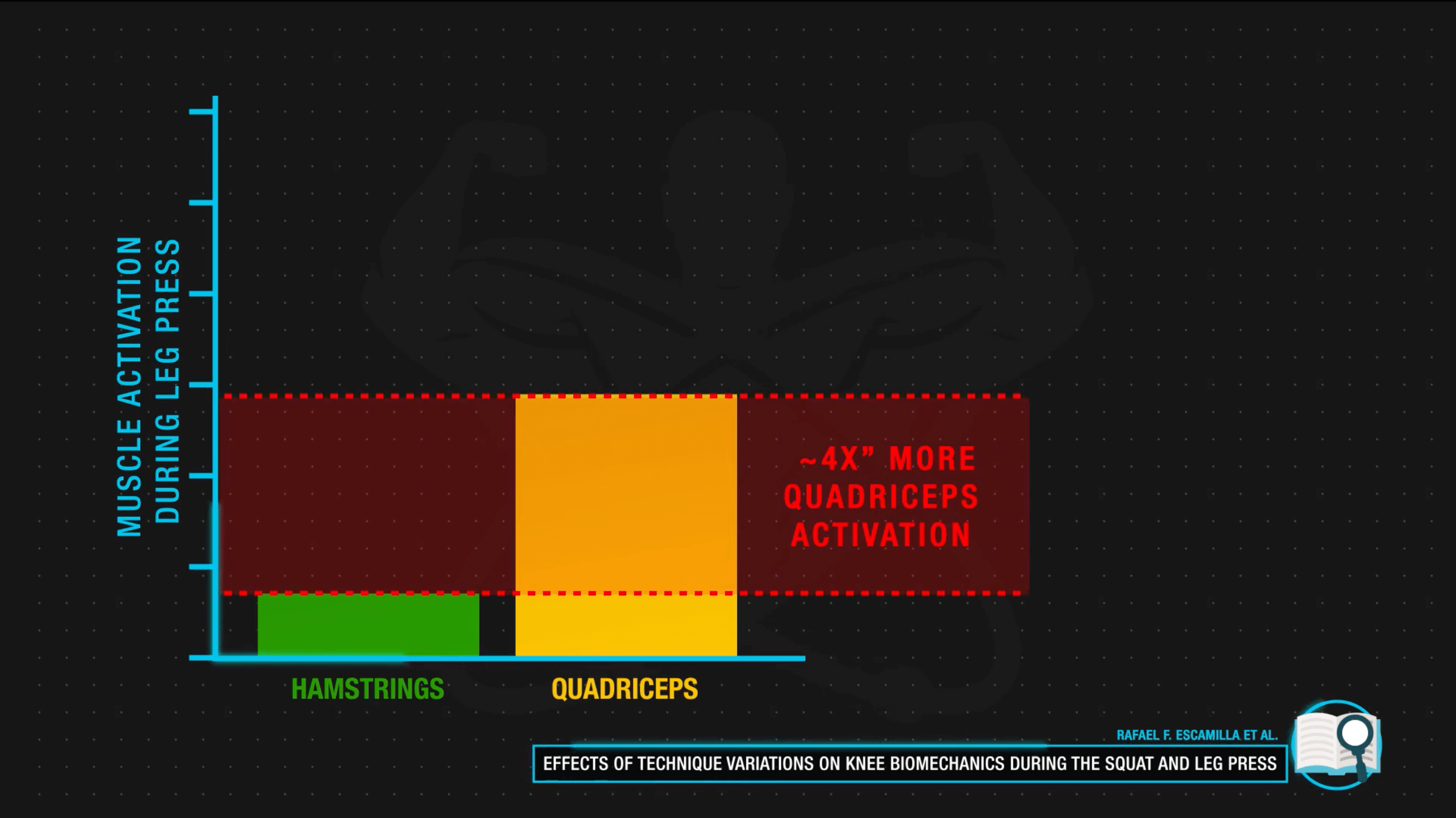
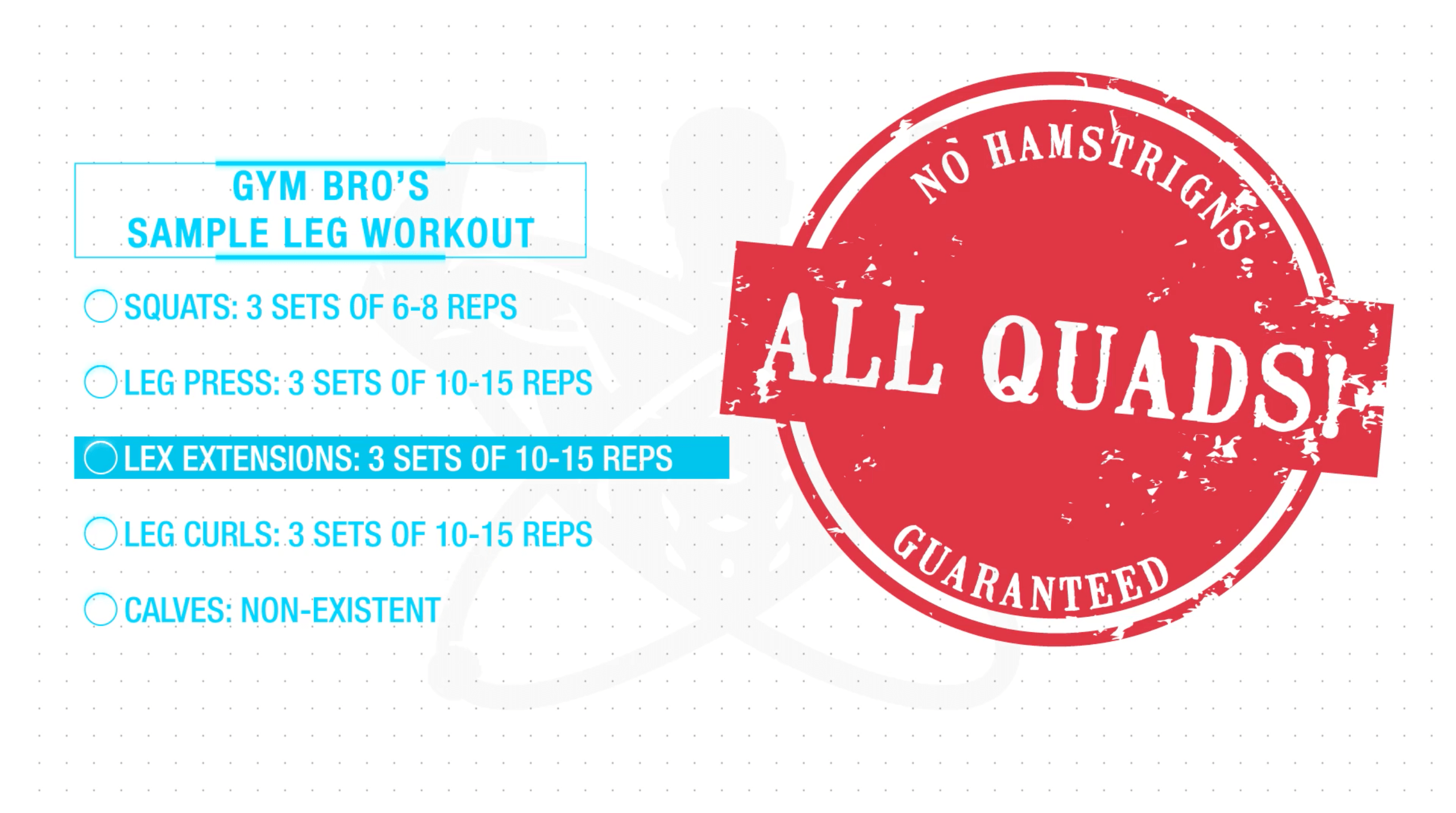
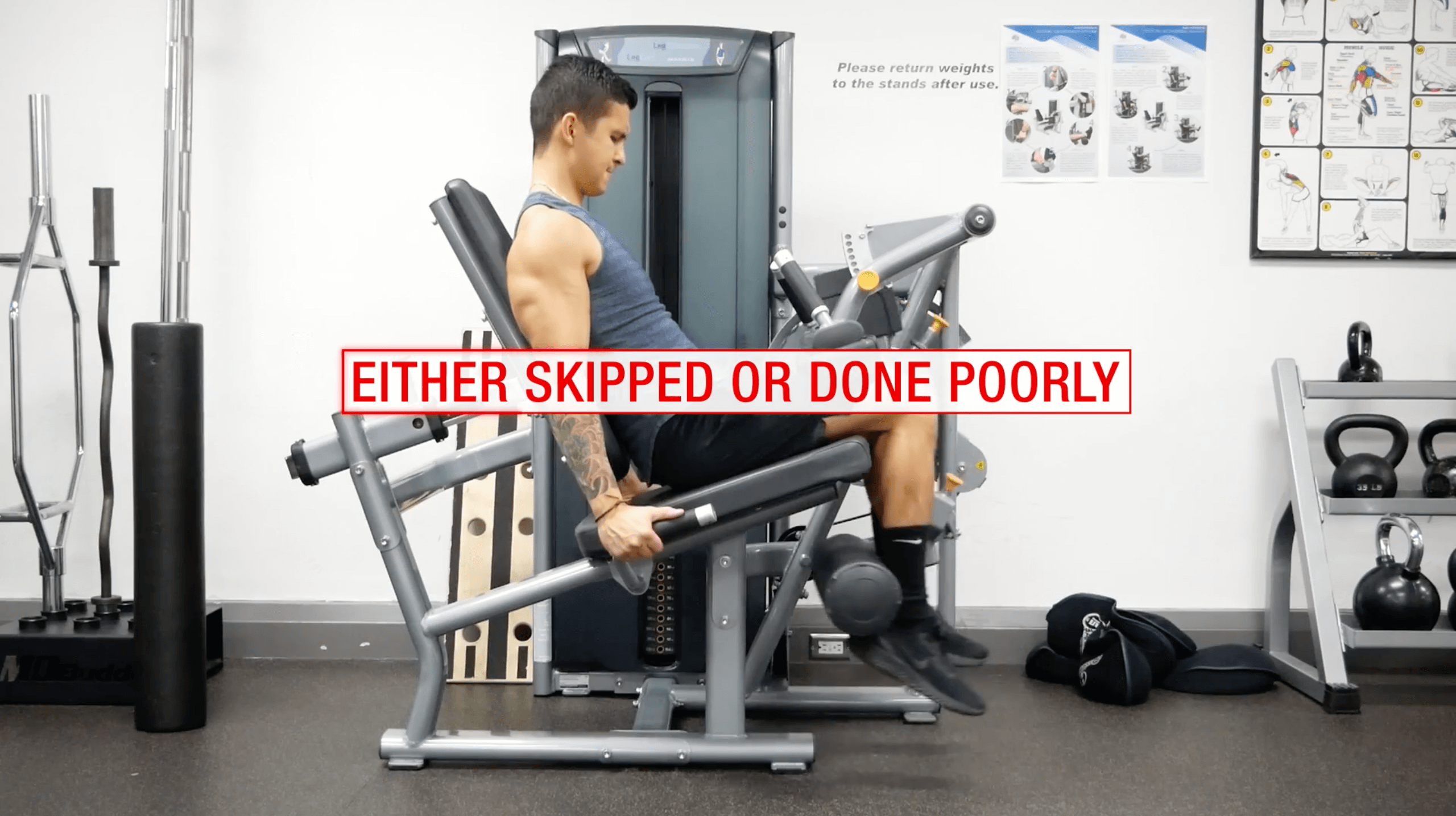
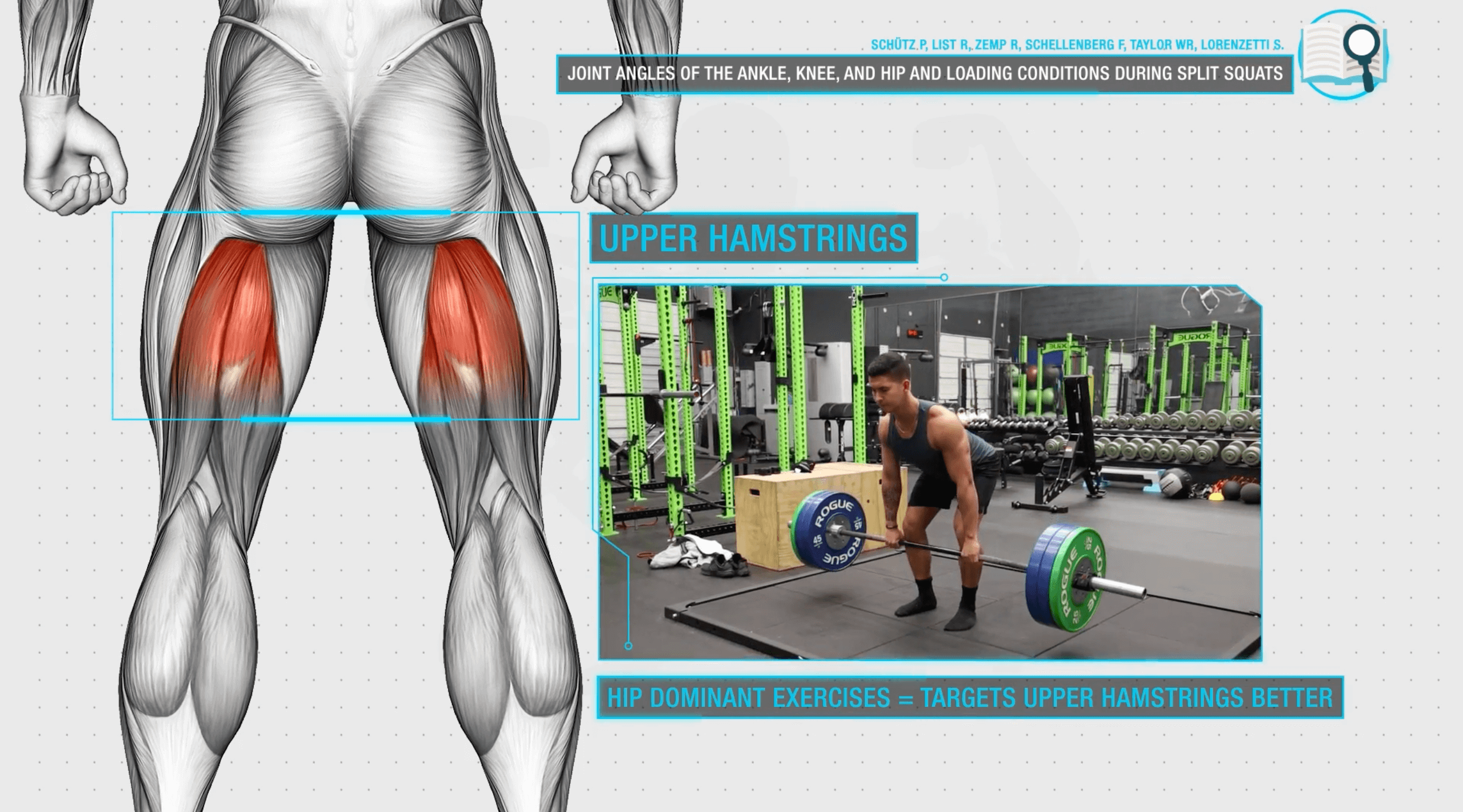
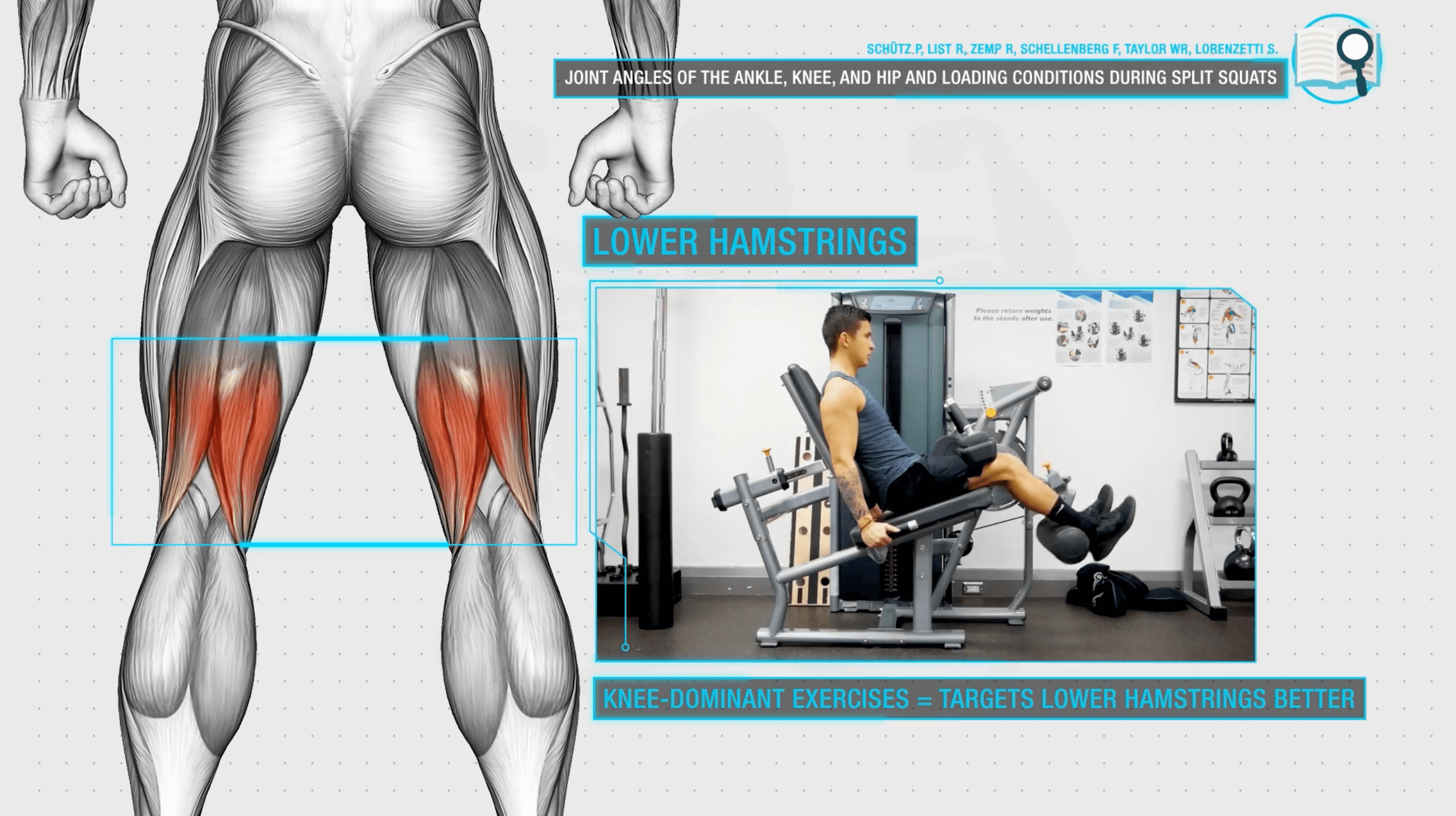
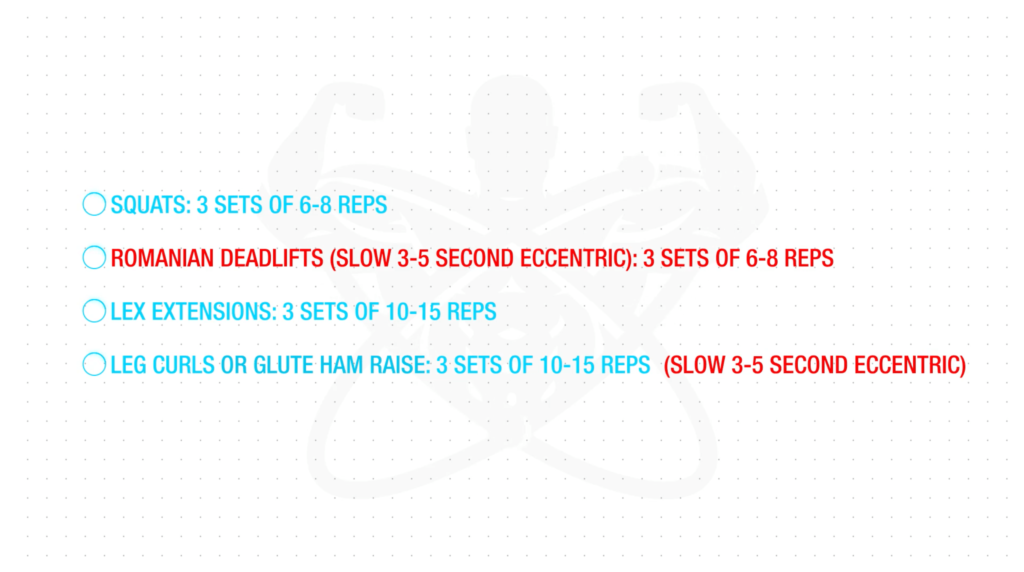
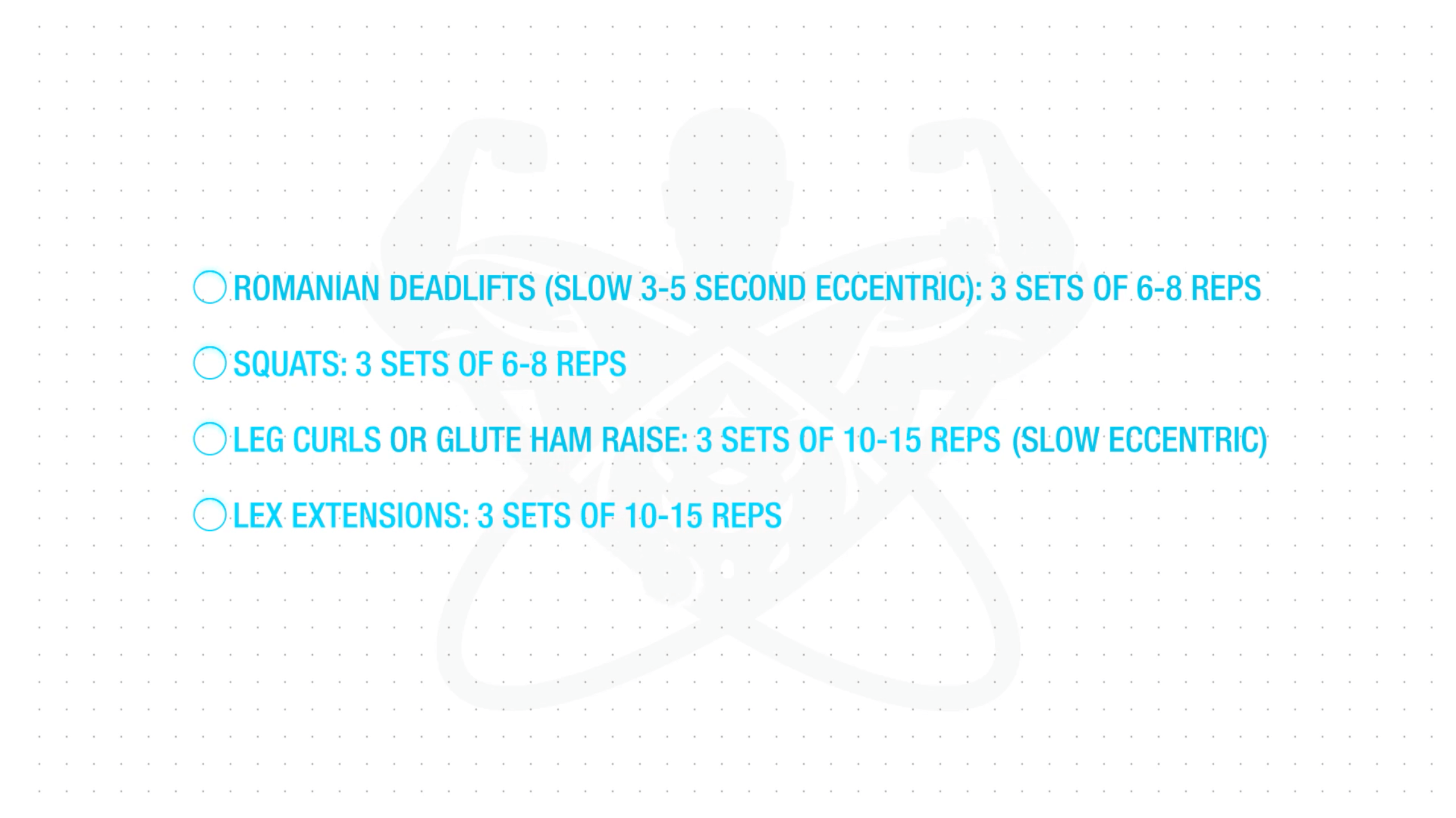
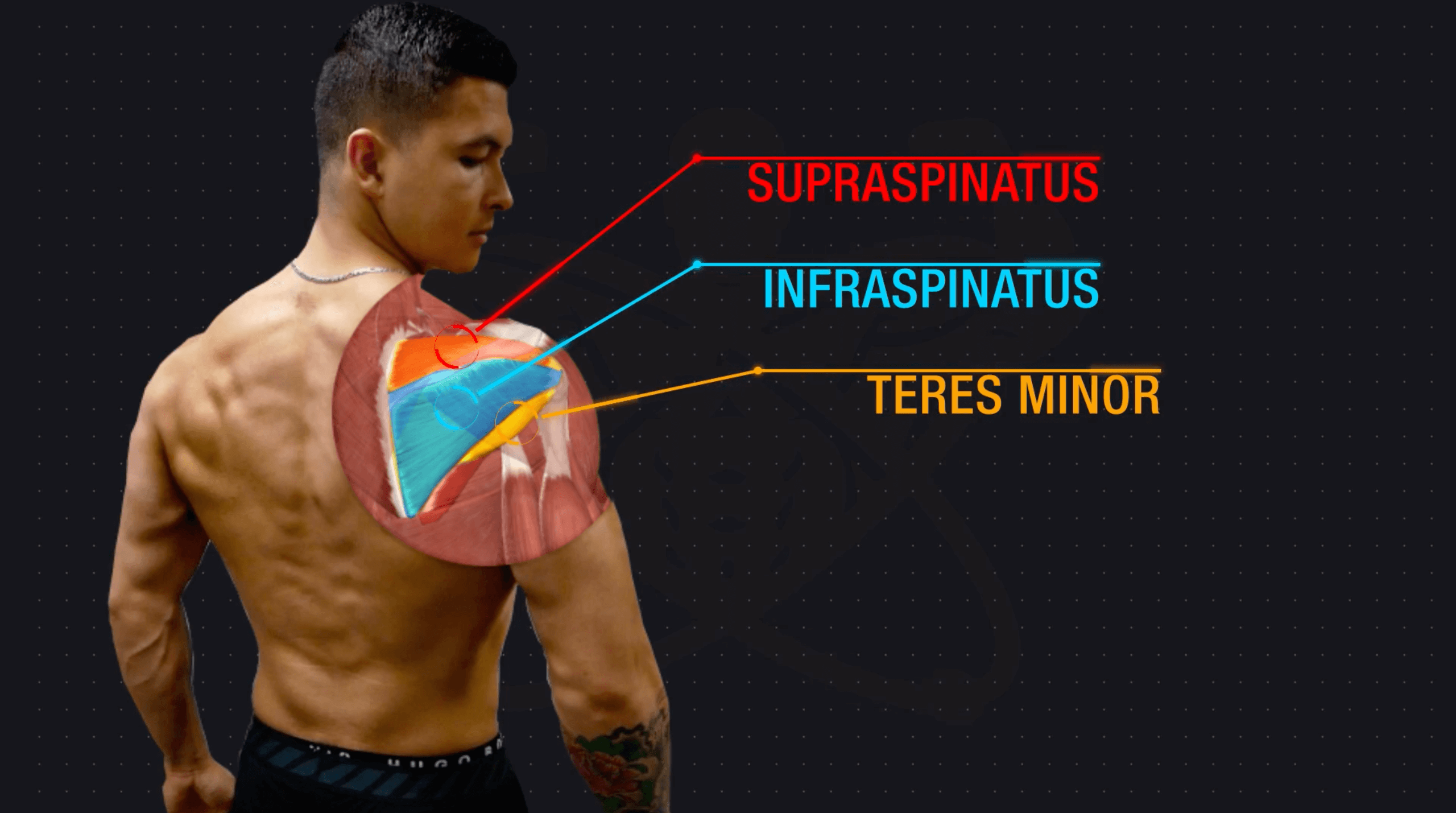
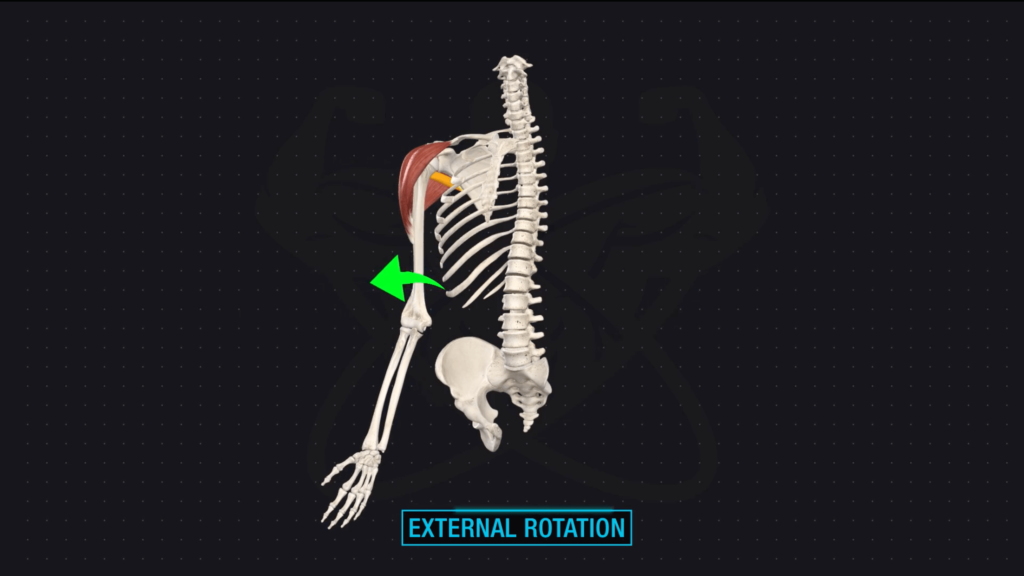 On the other hand, your bigger and more powerful muscles like the chest, front delts, and lats all contribute to internal rotation instead.
On the other hand, your bigger and more powerful muscles like the chest, front delts, and lats all contribute to internal rotation instead.